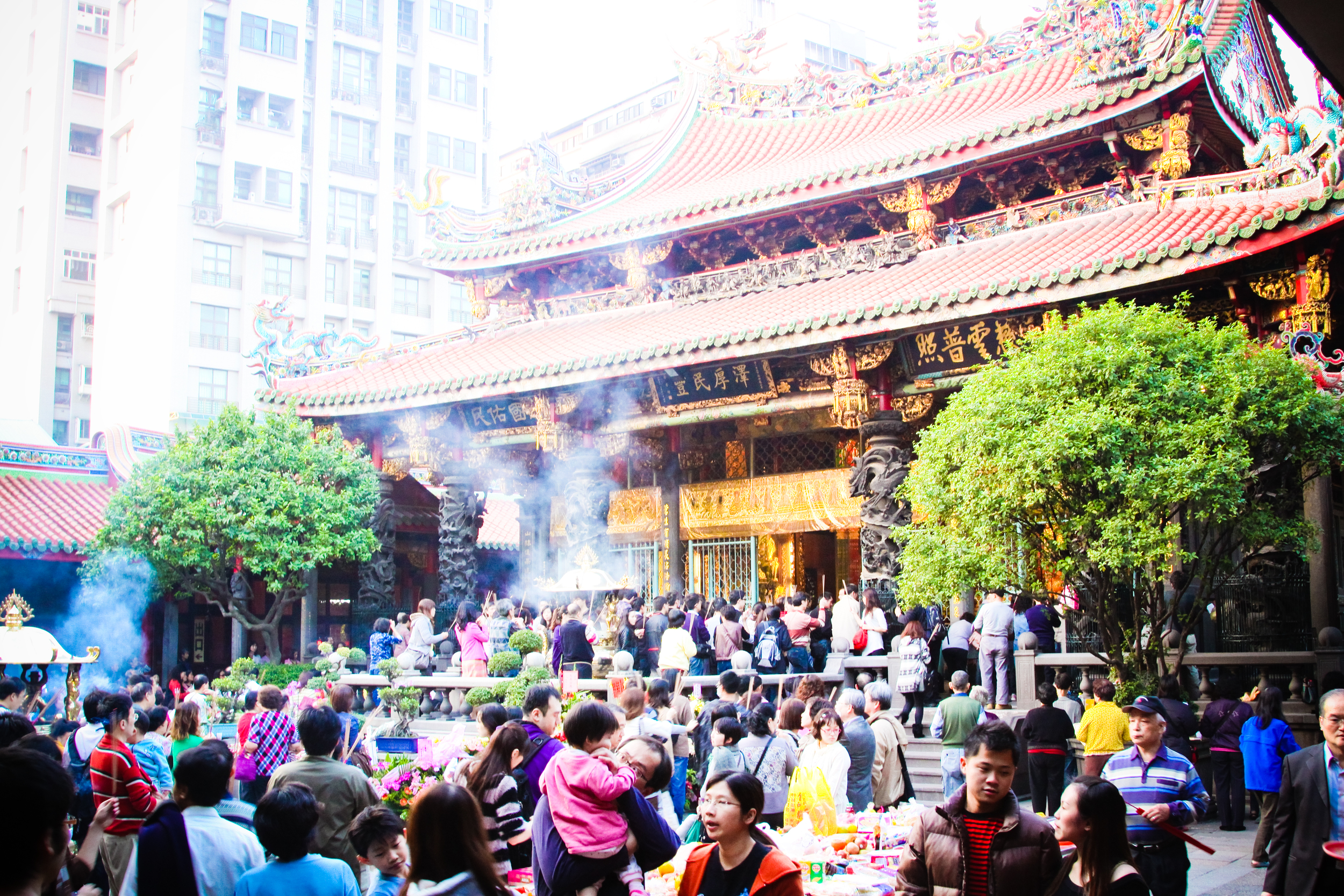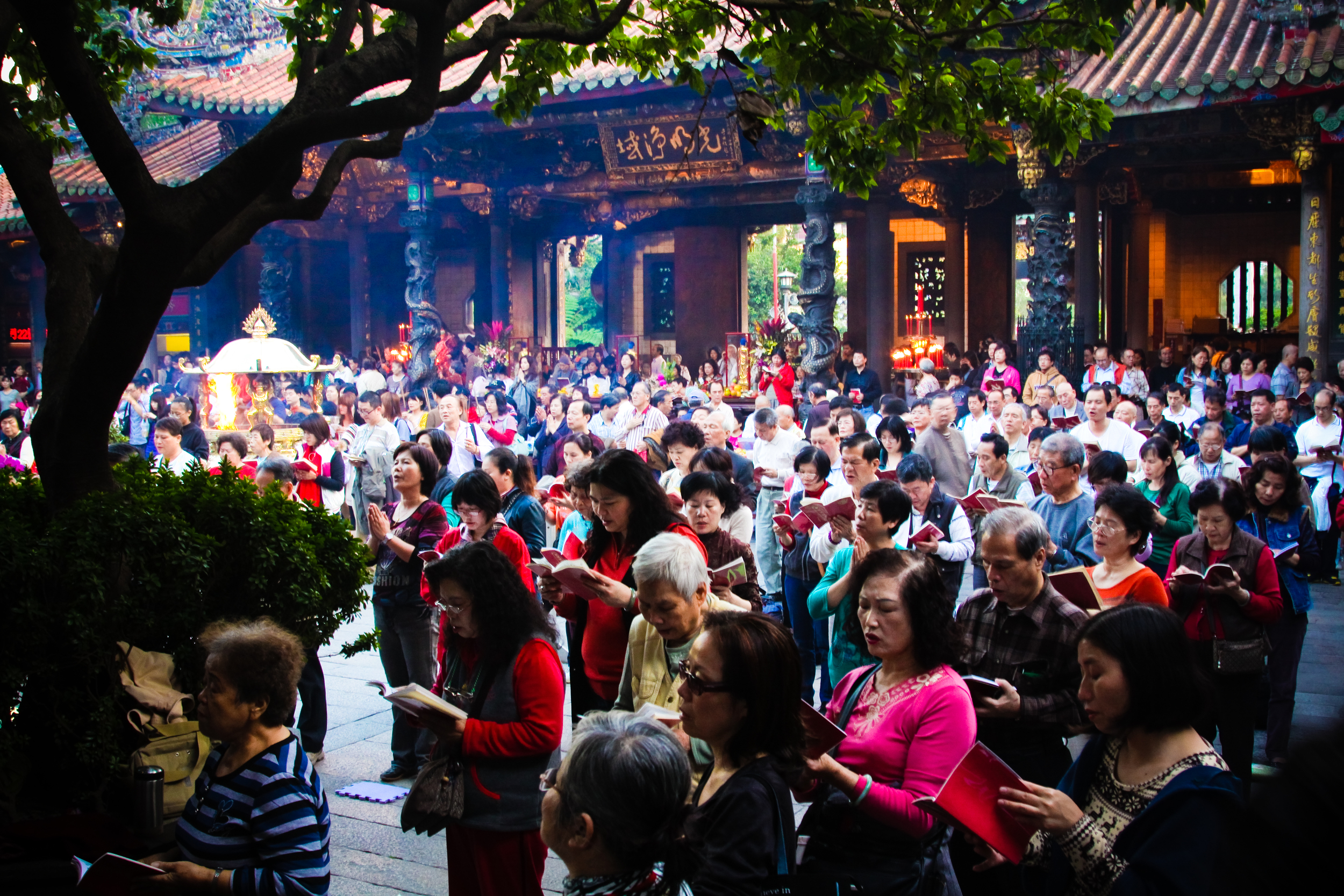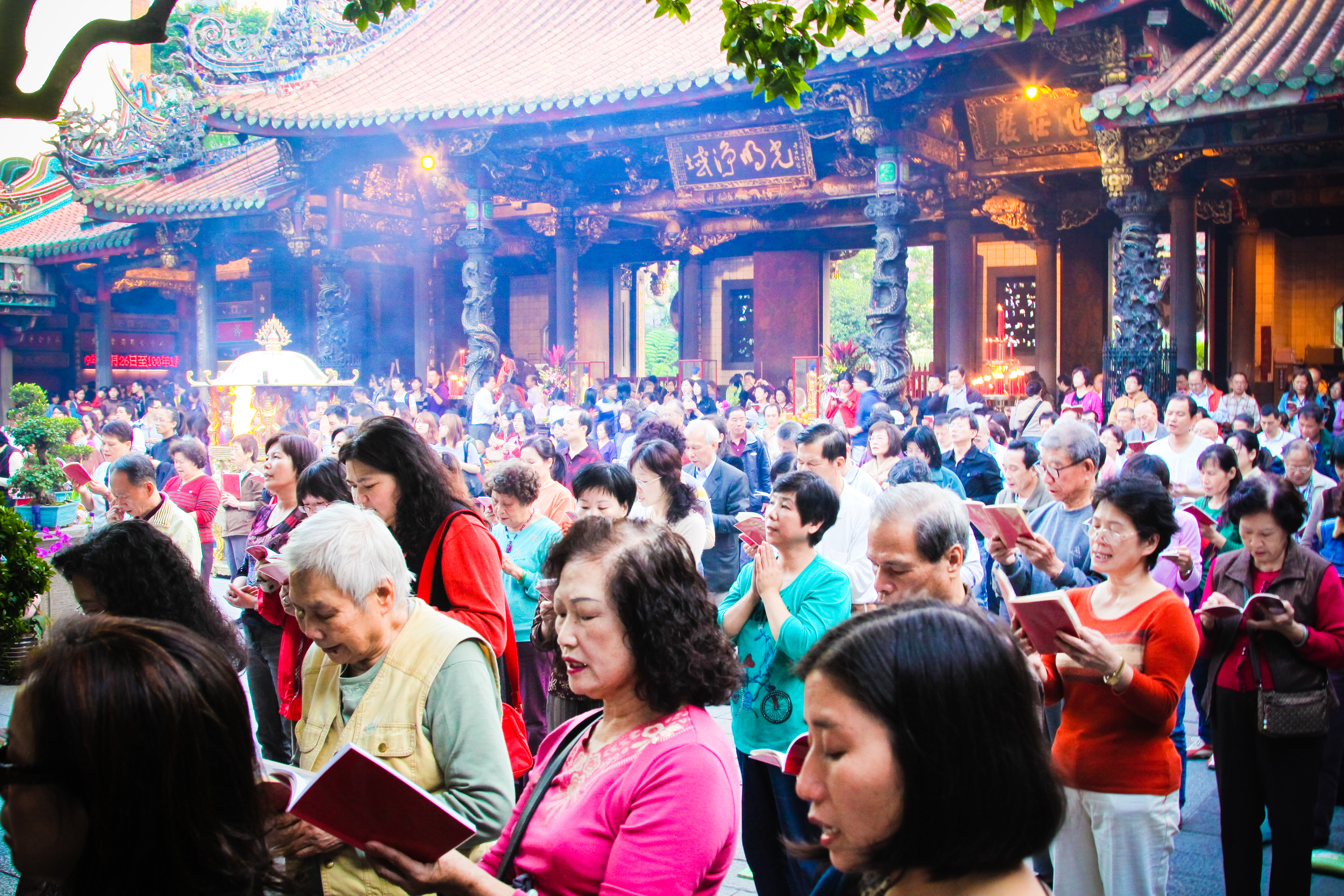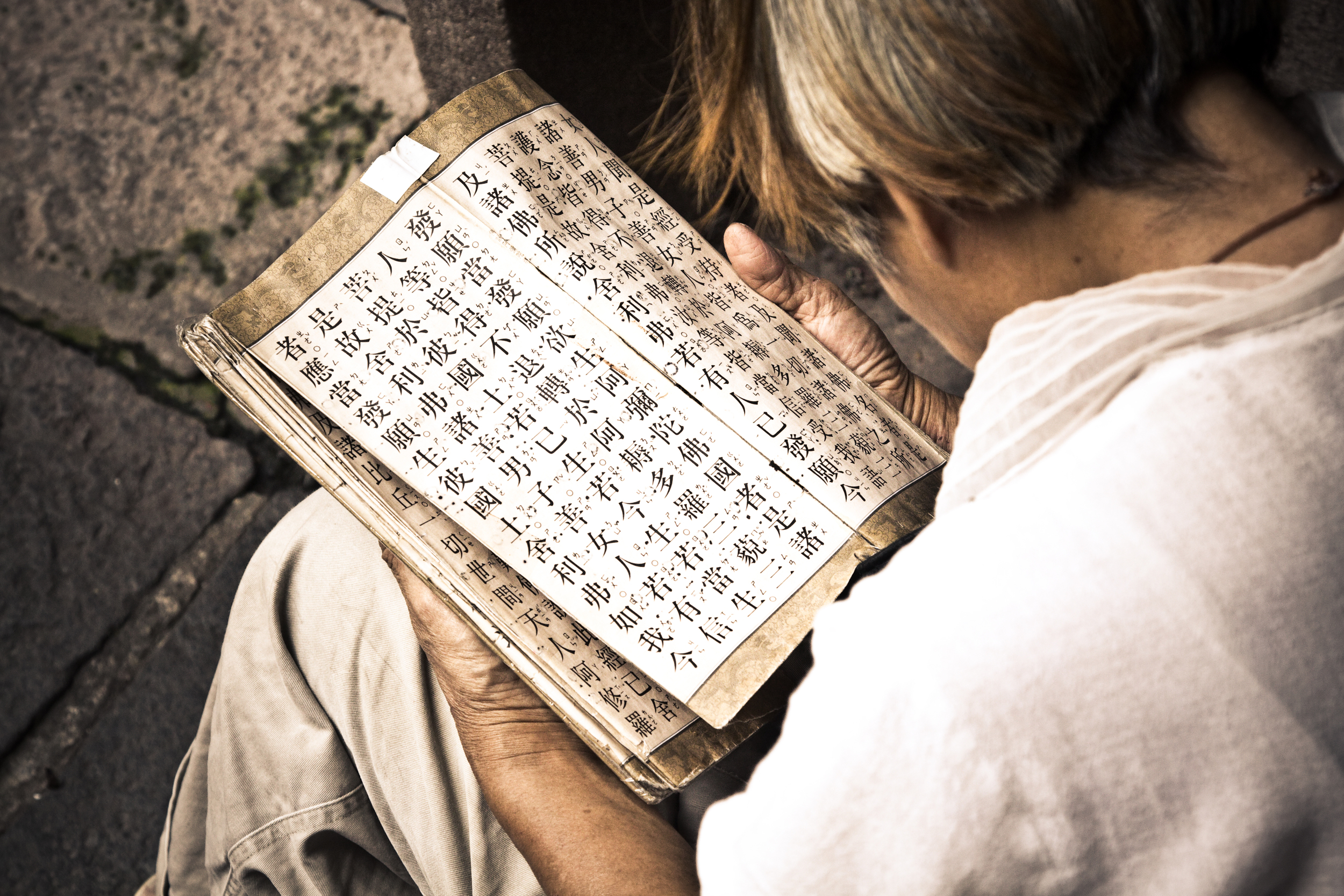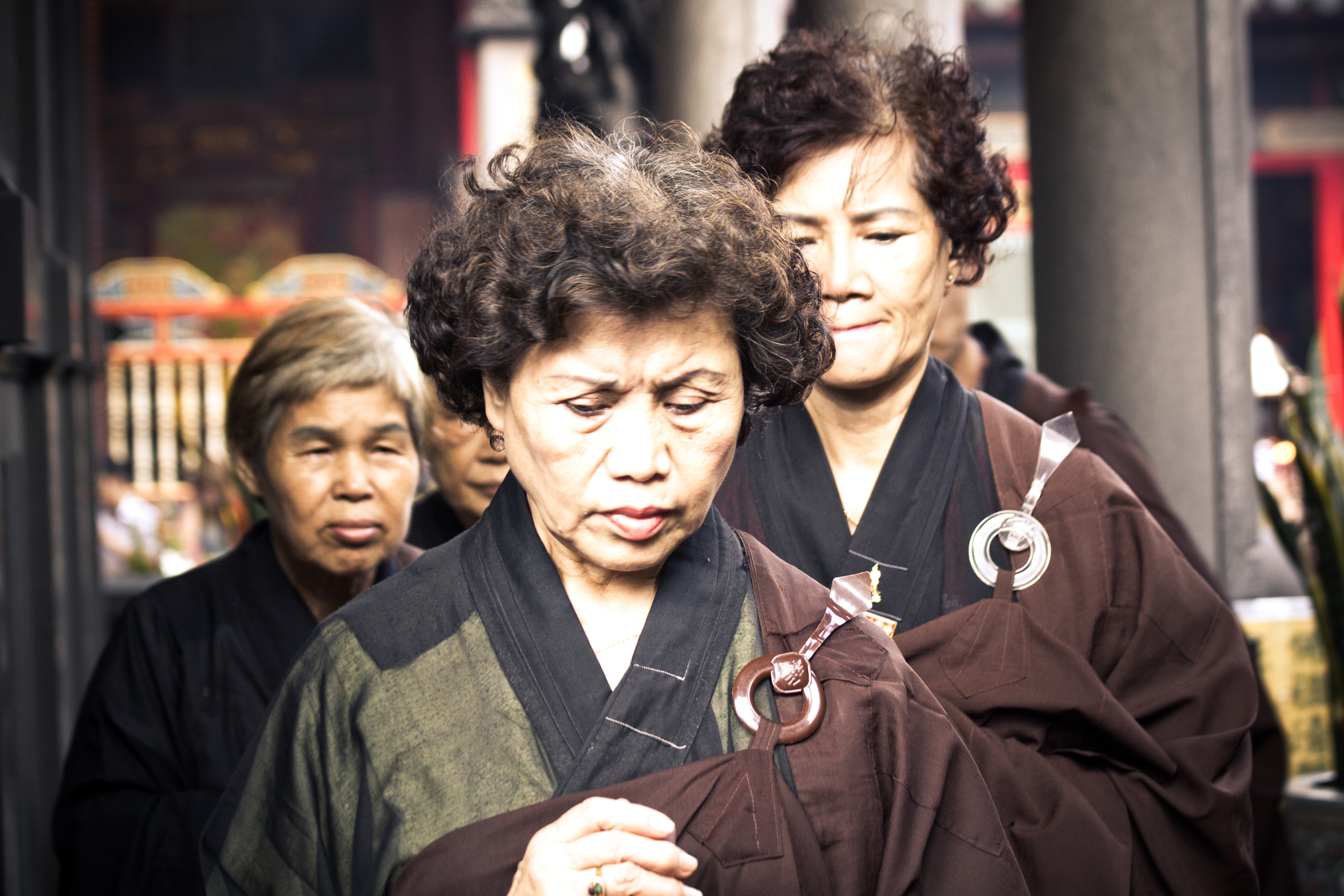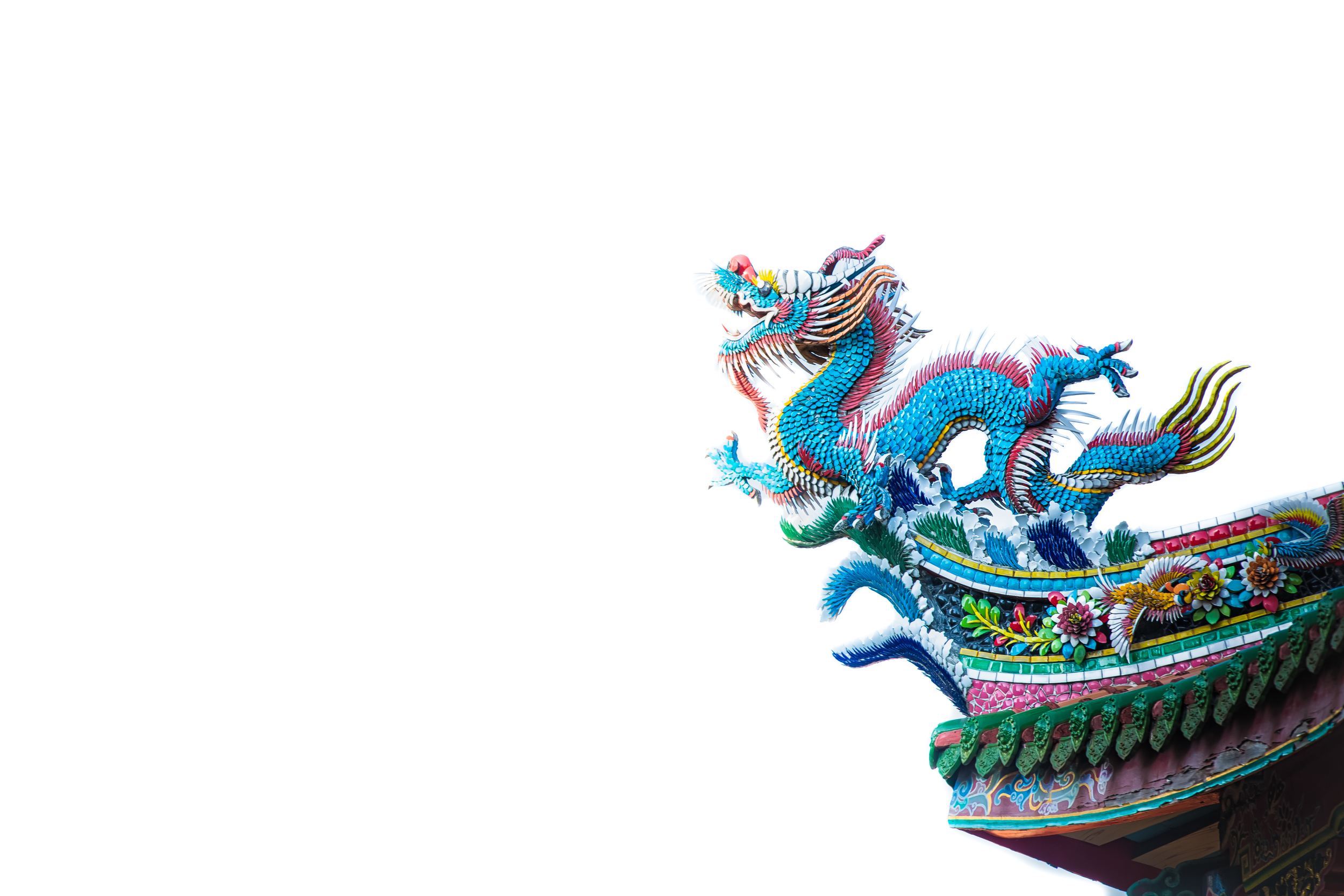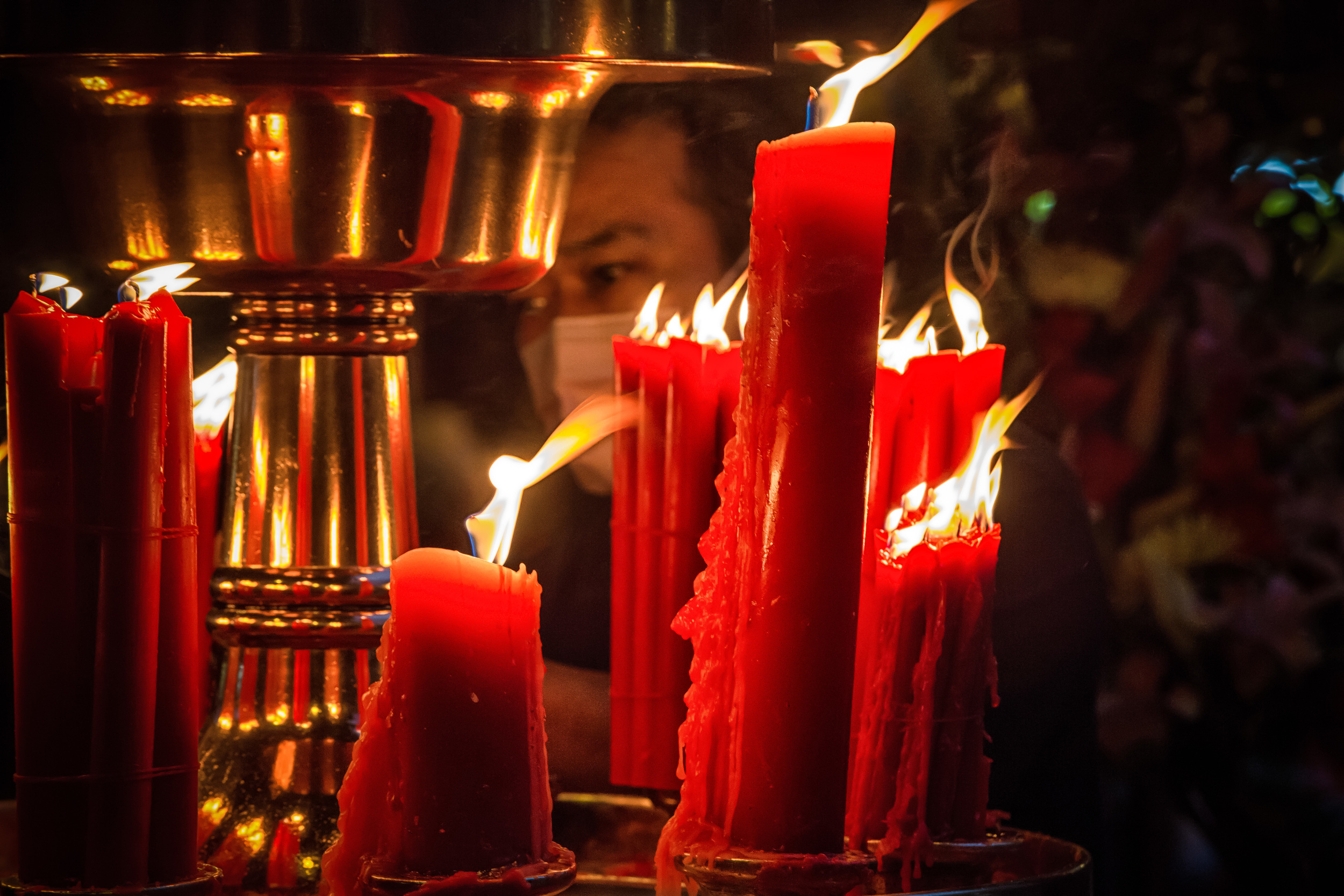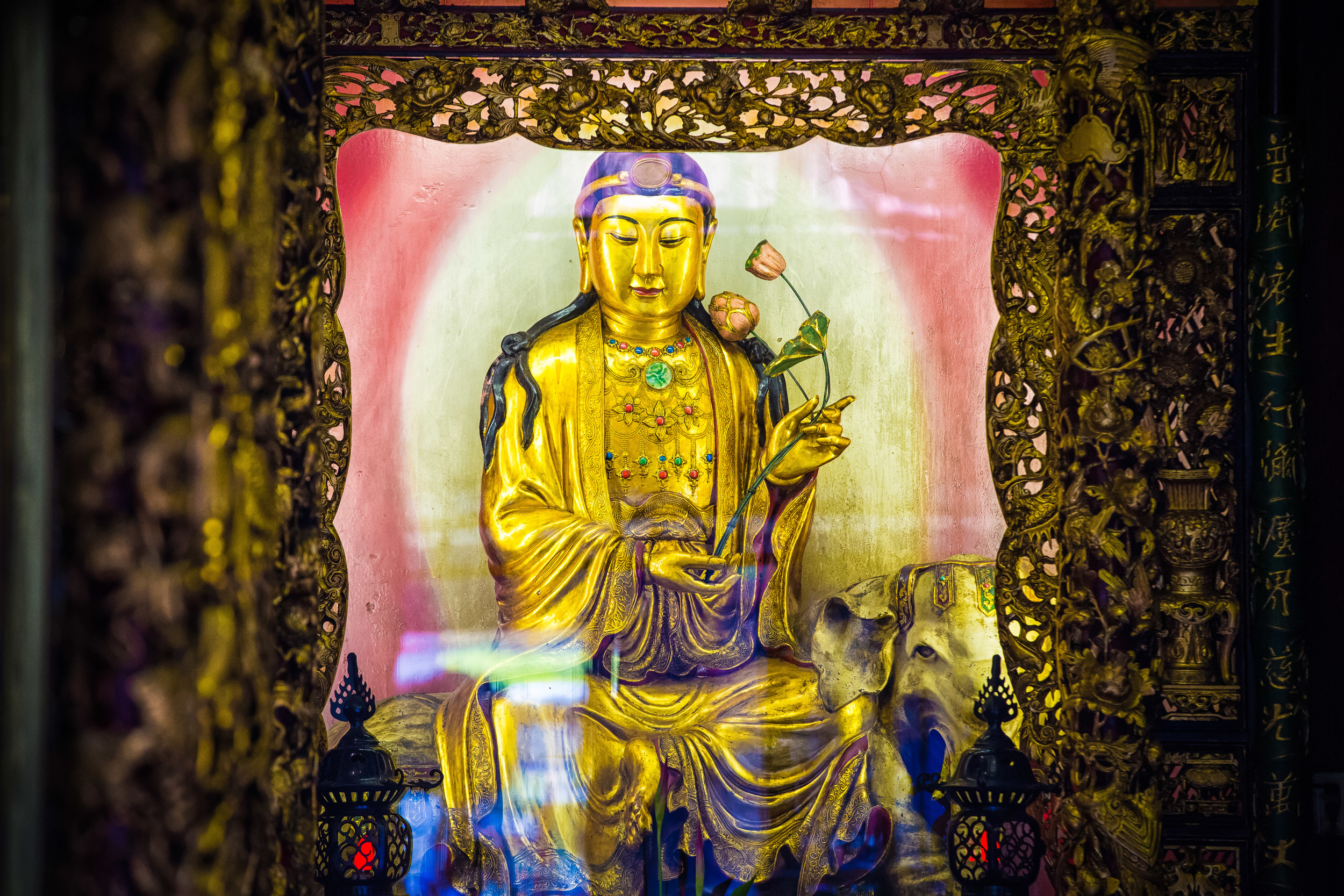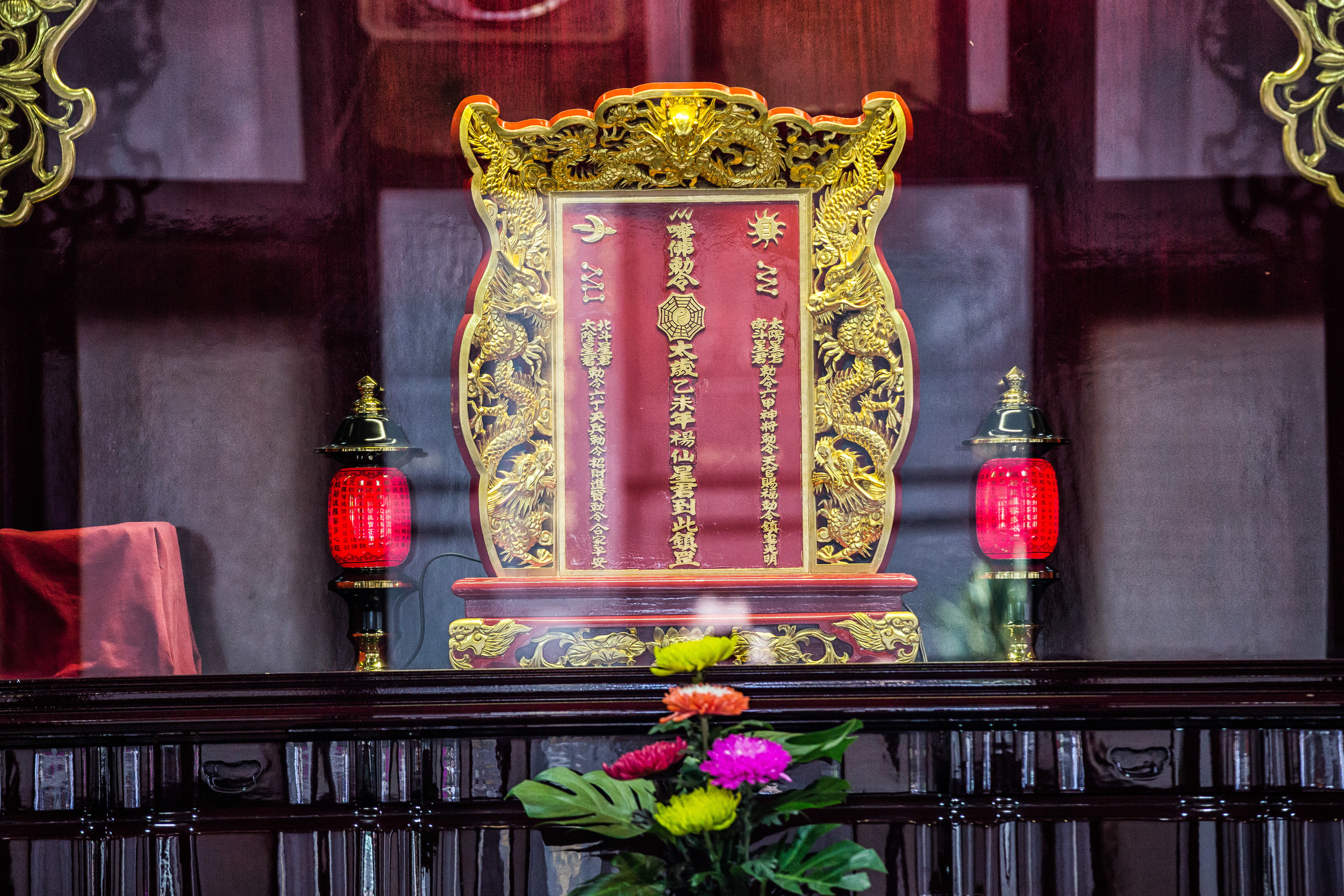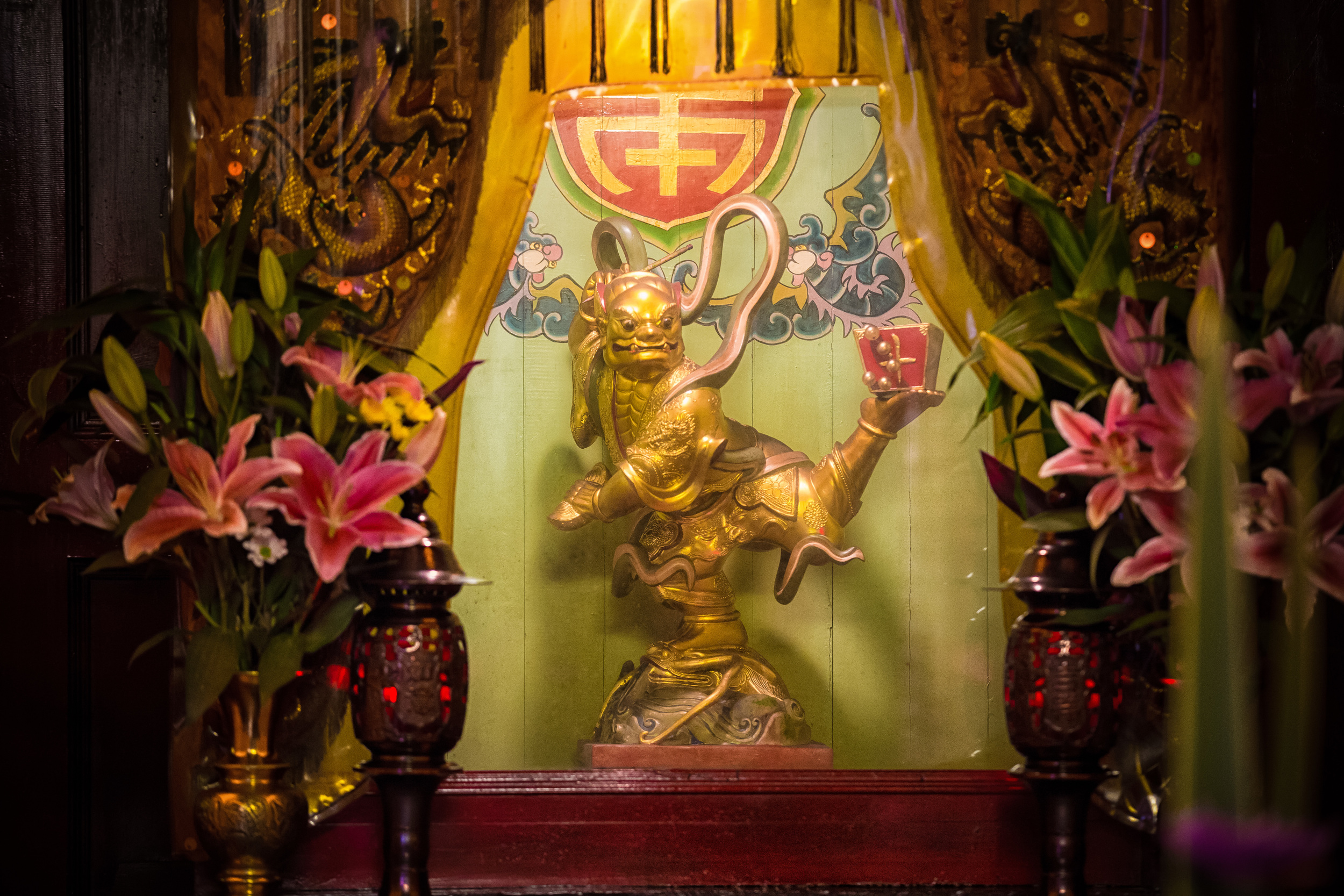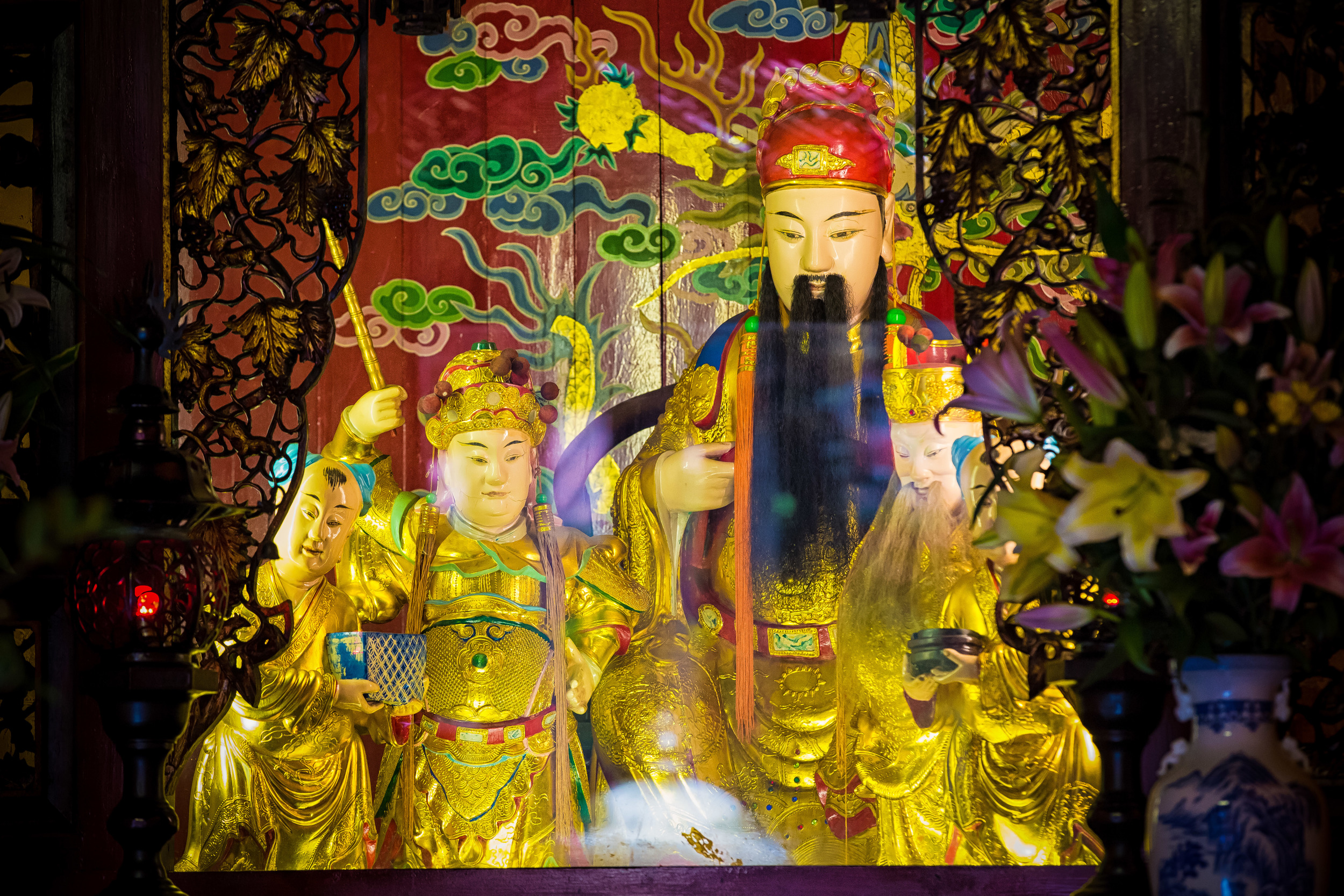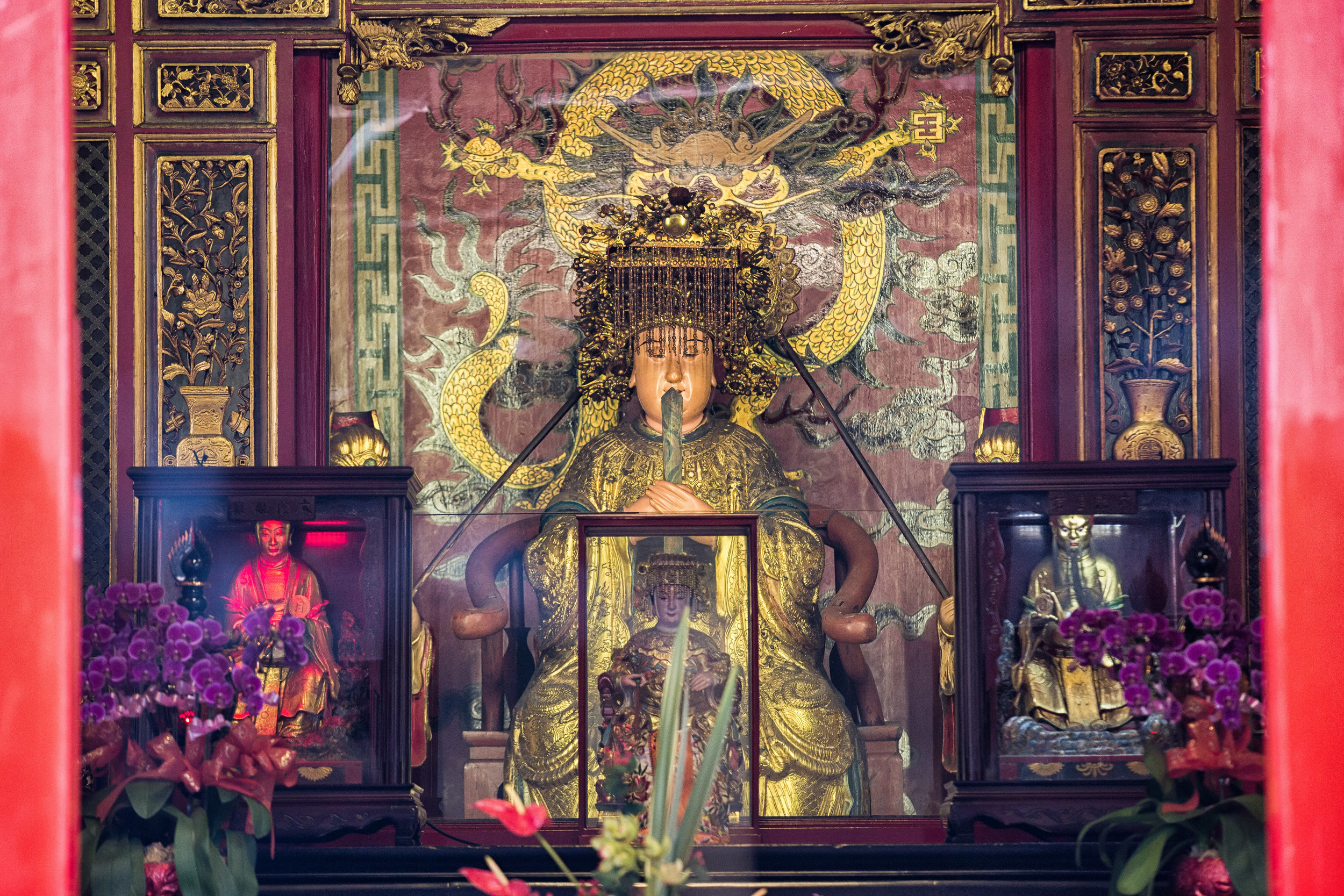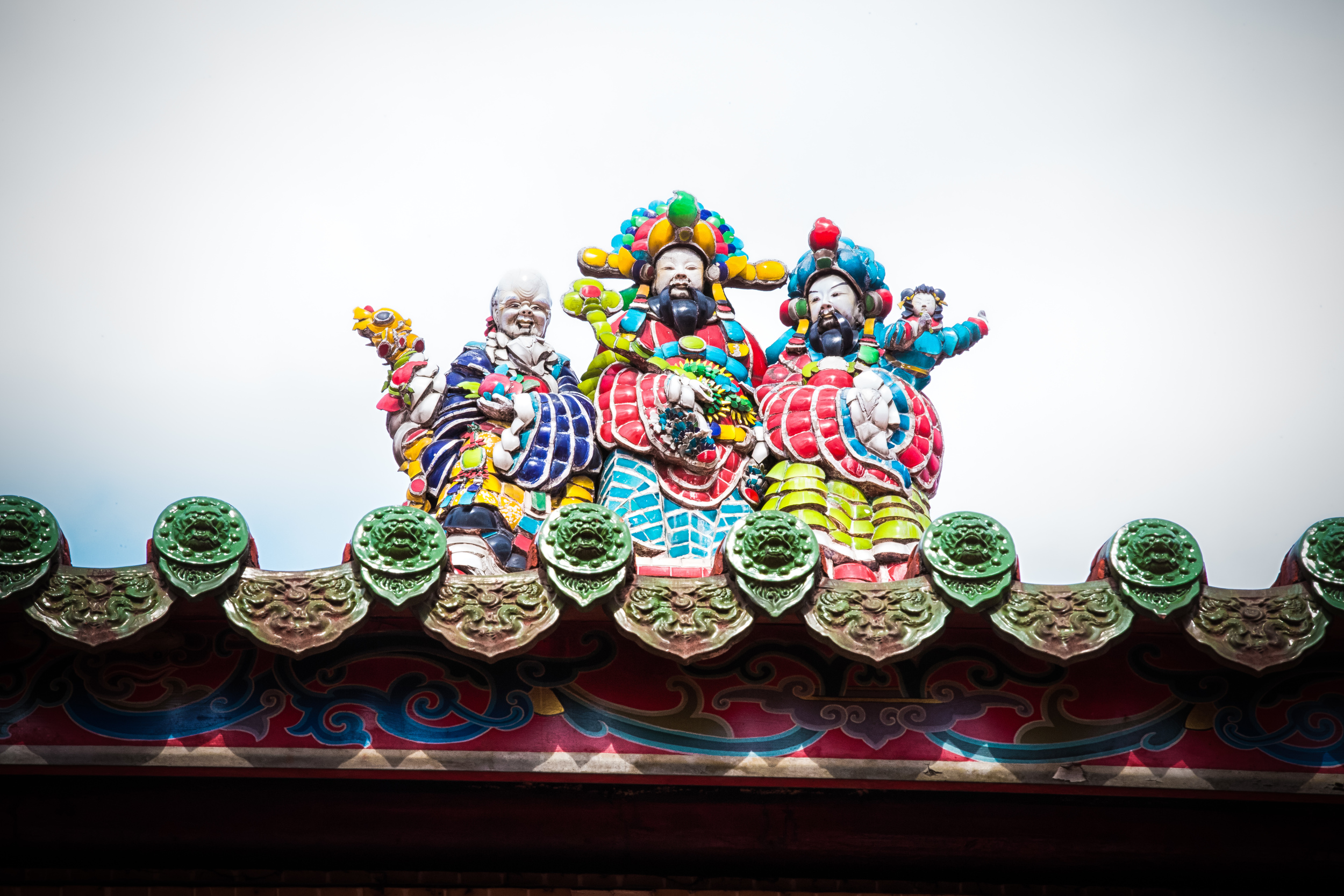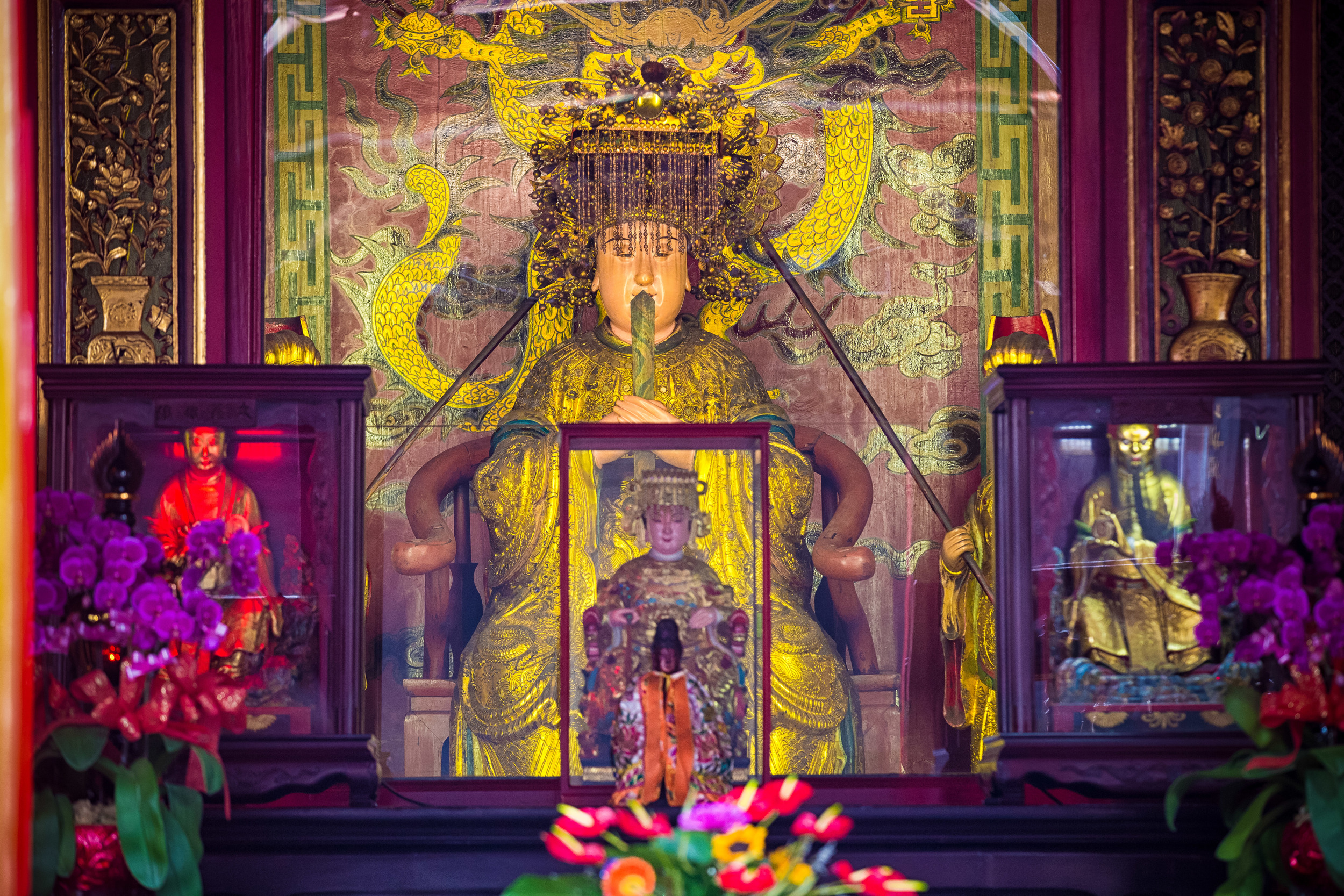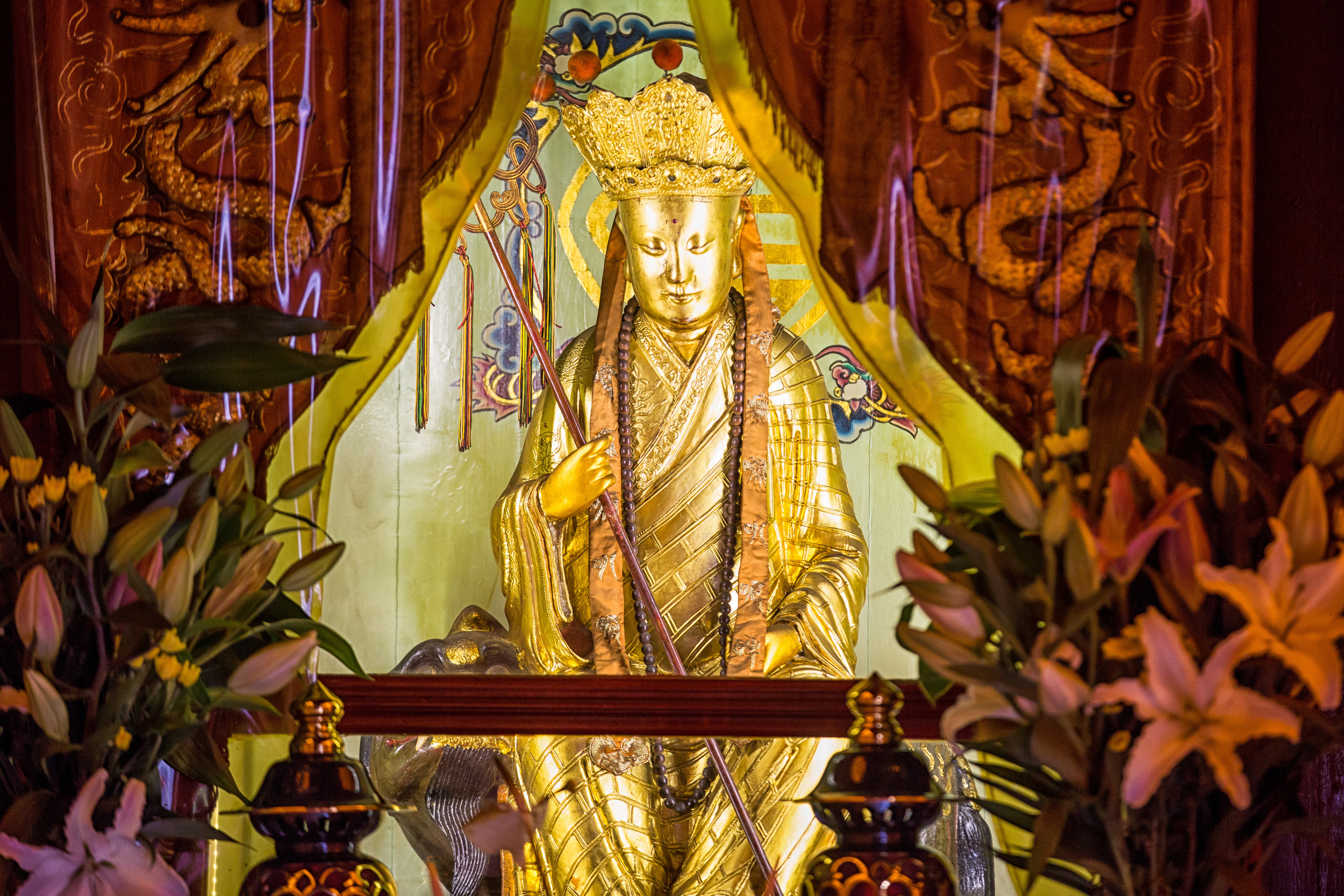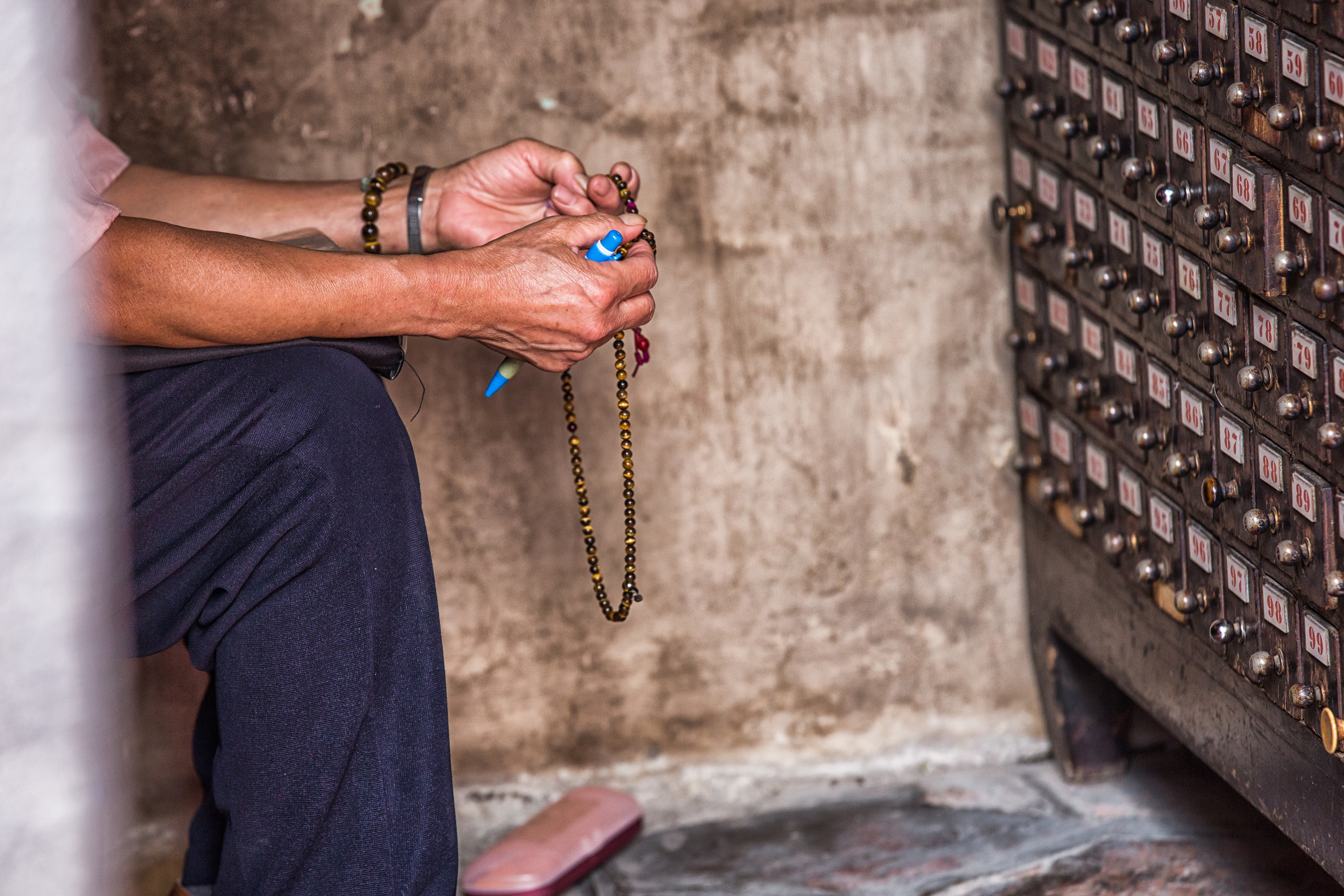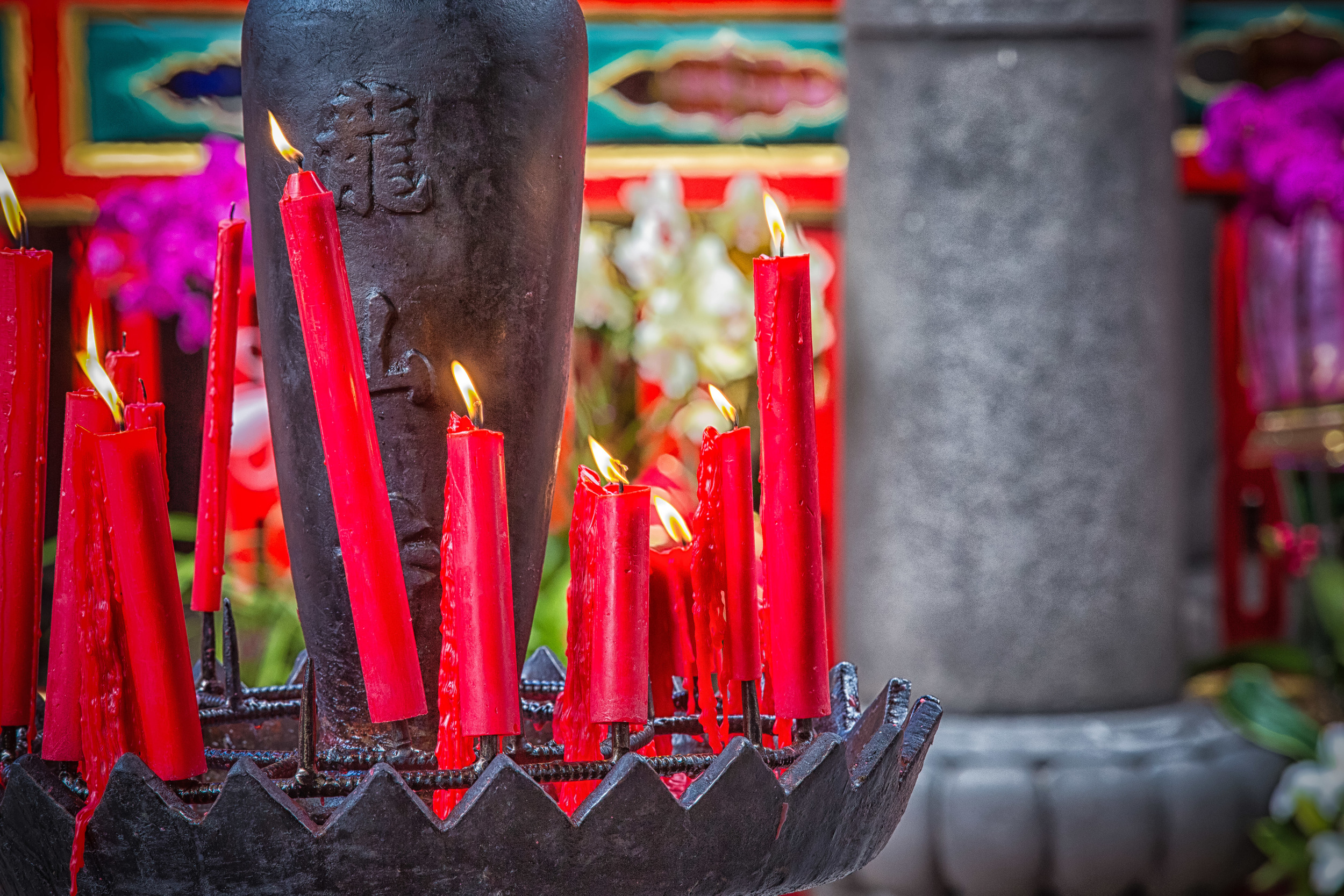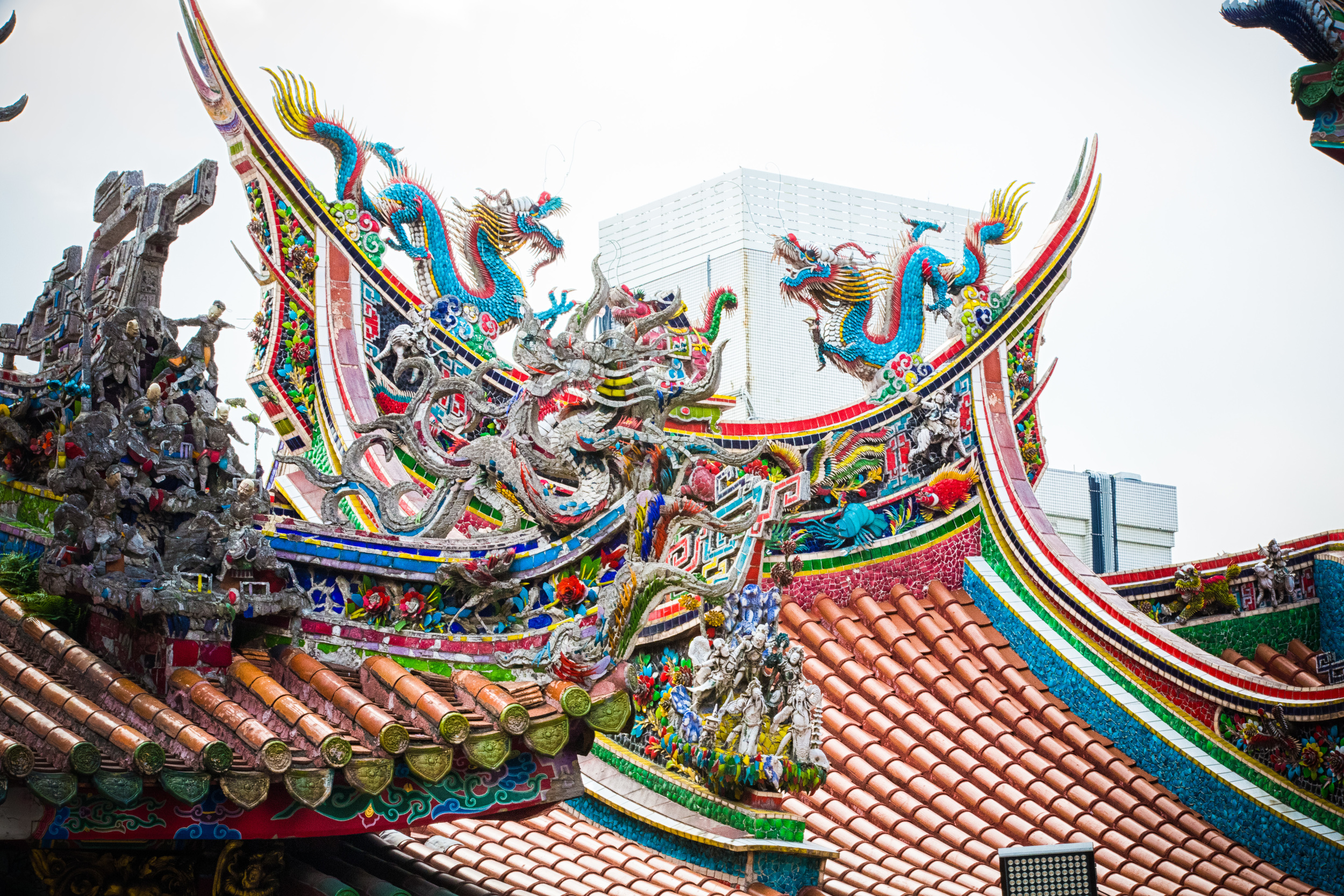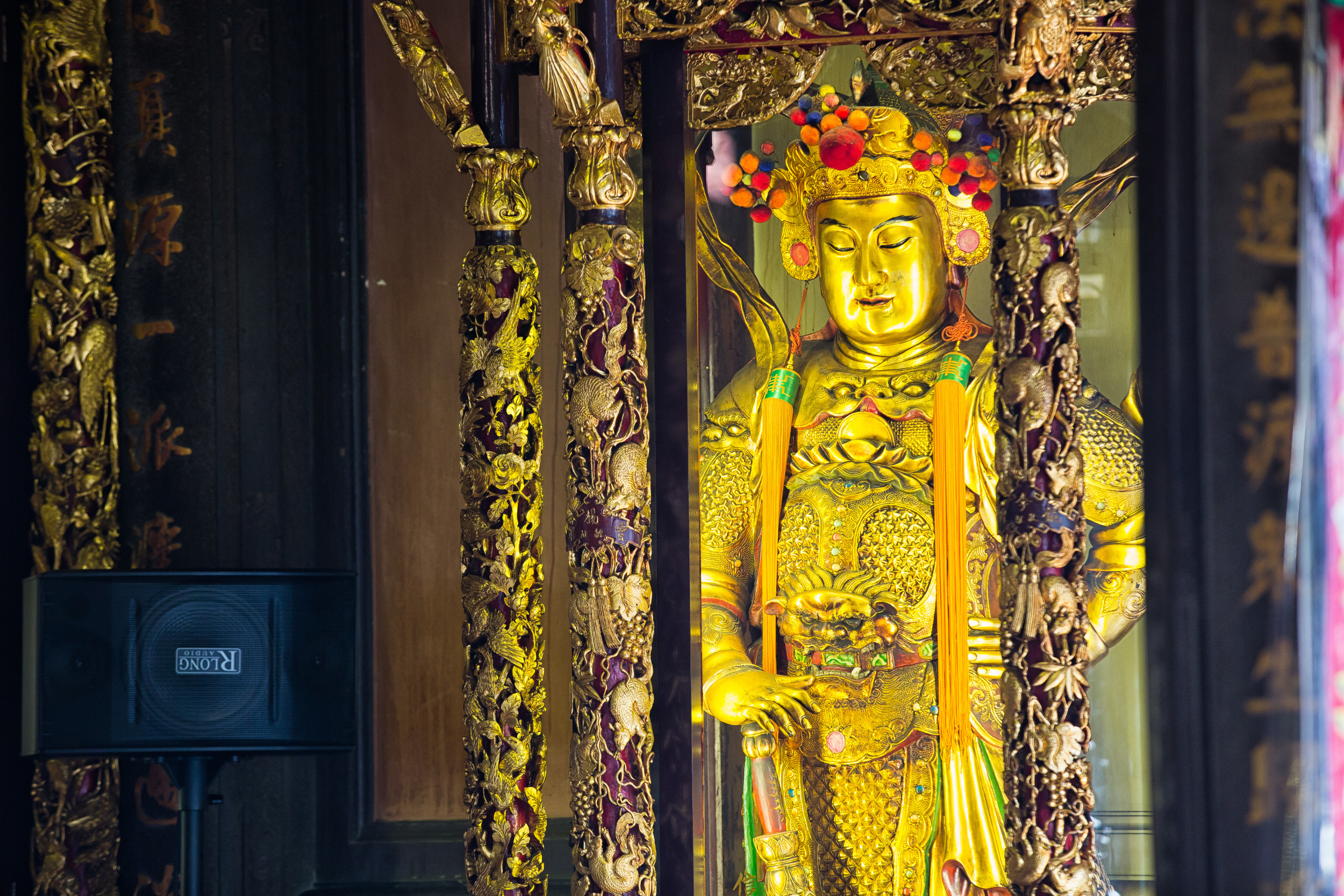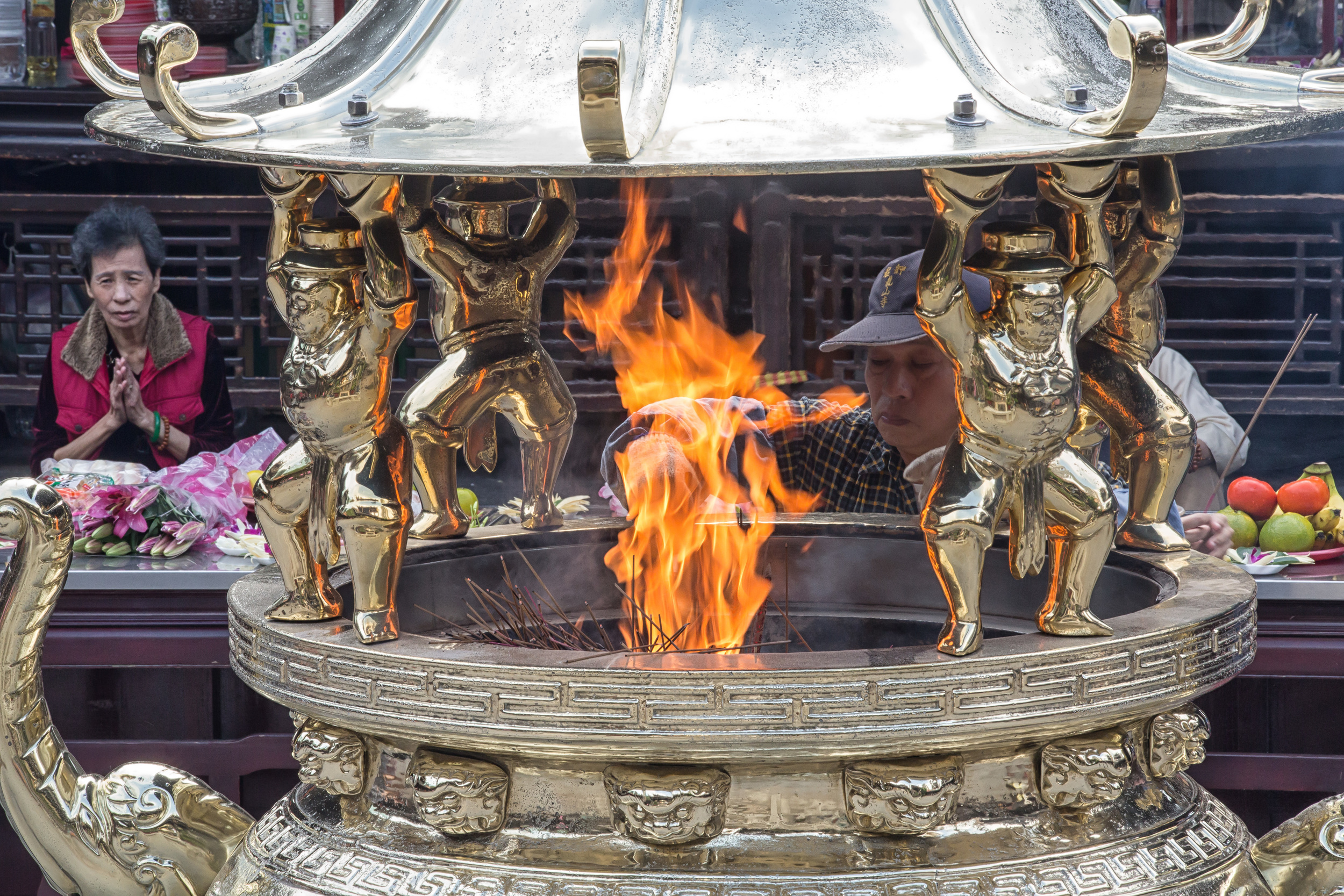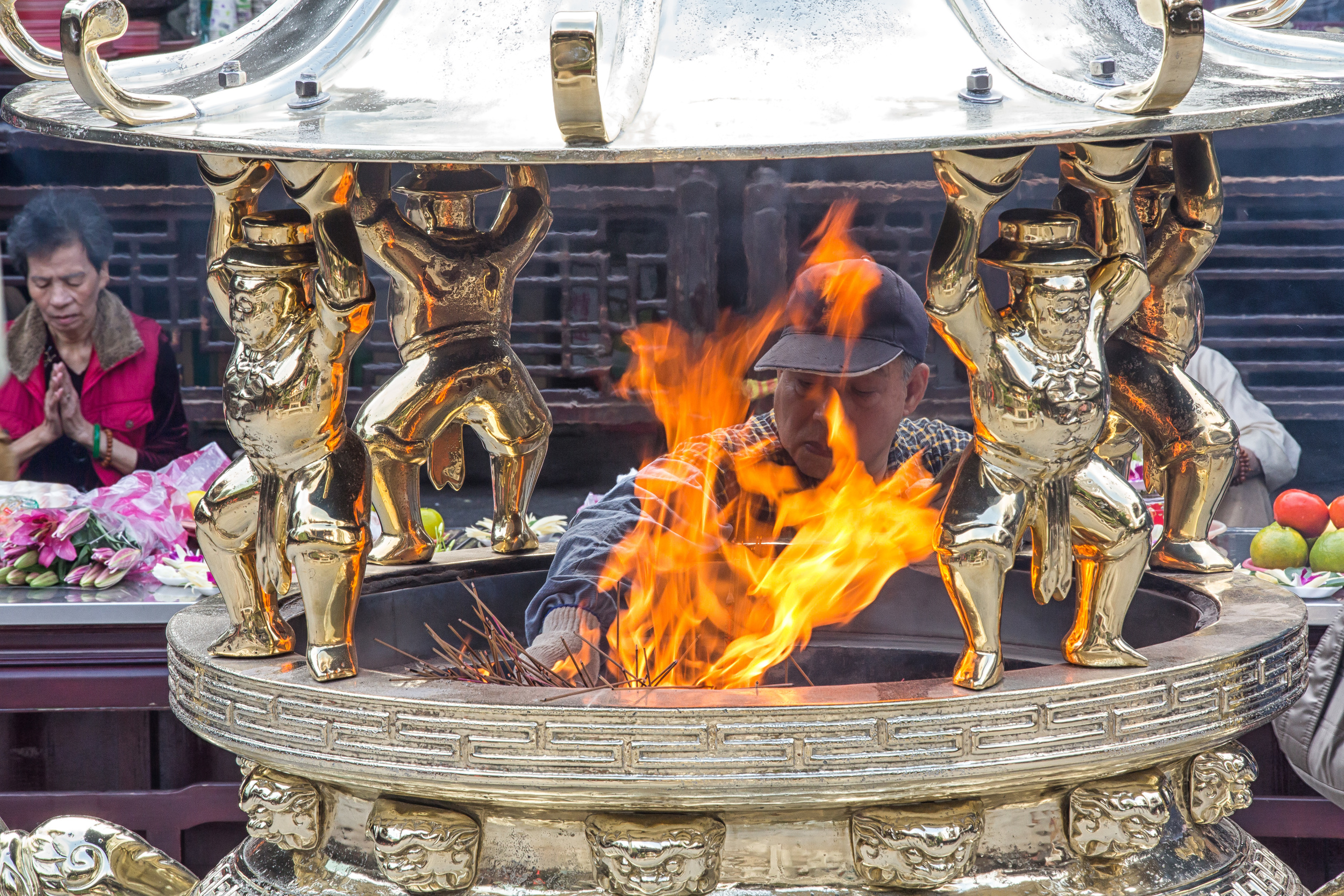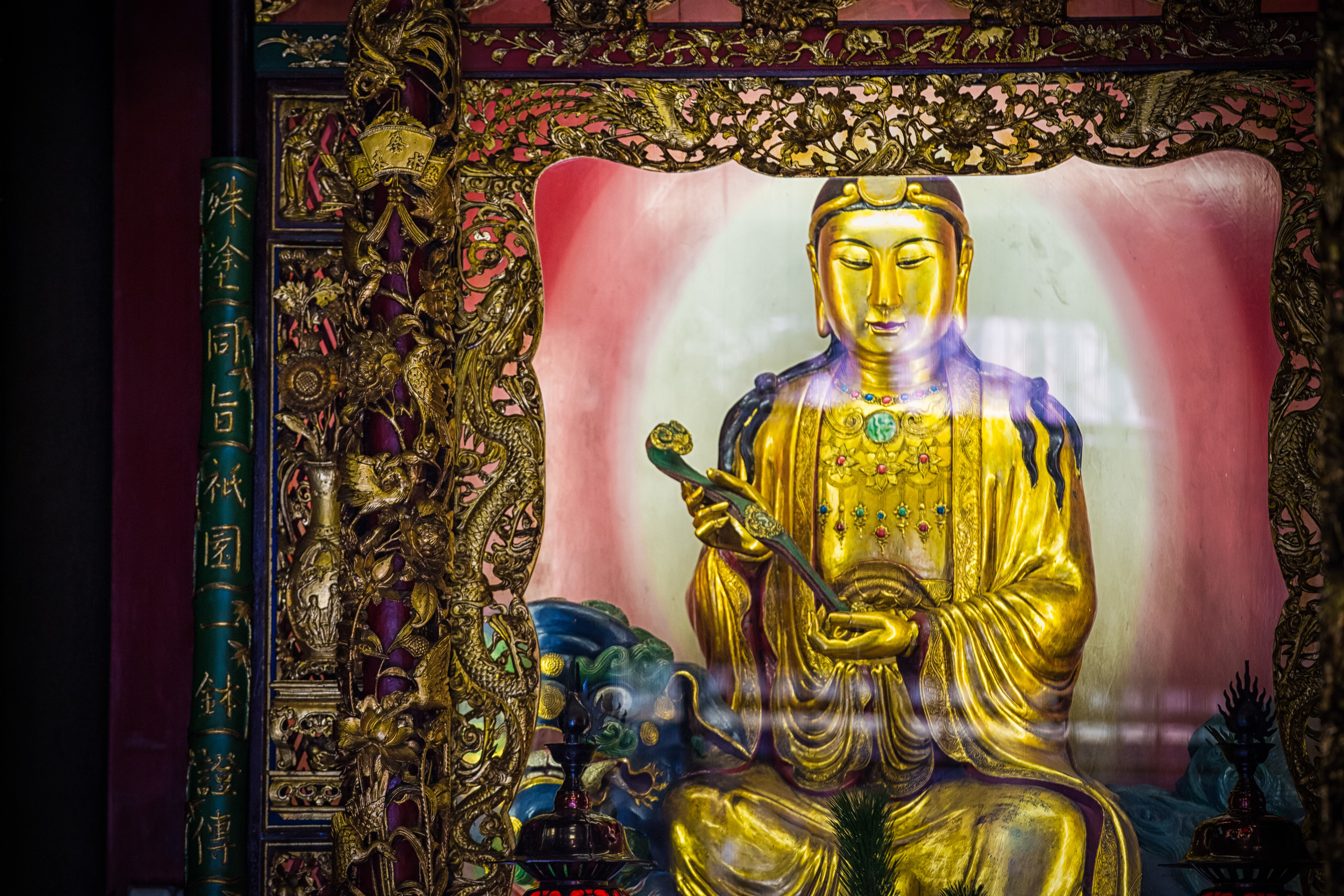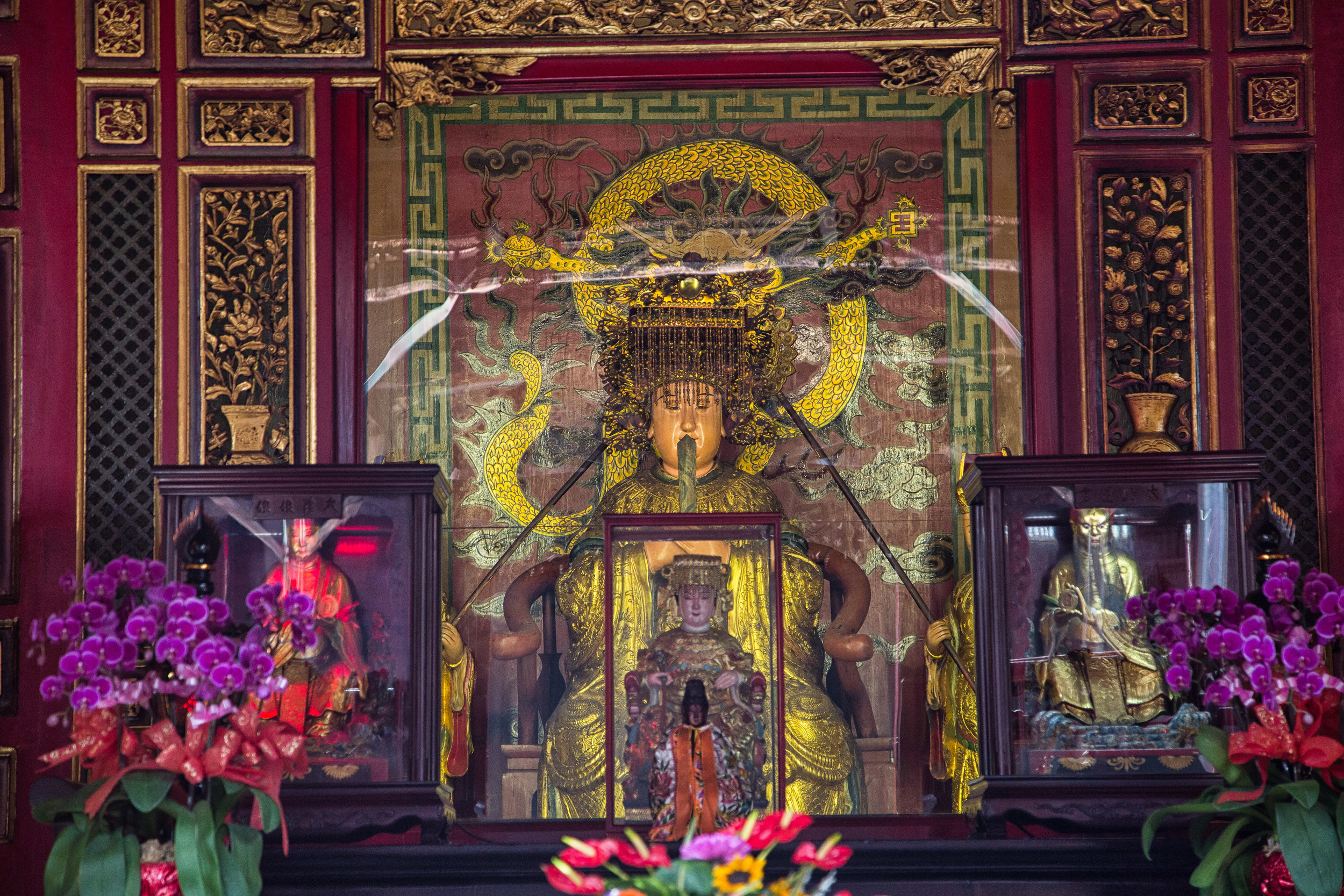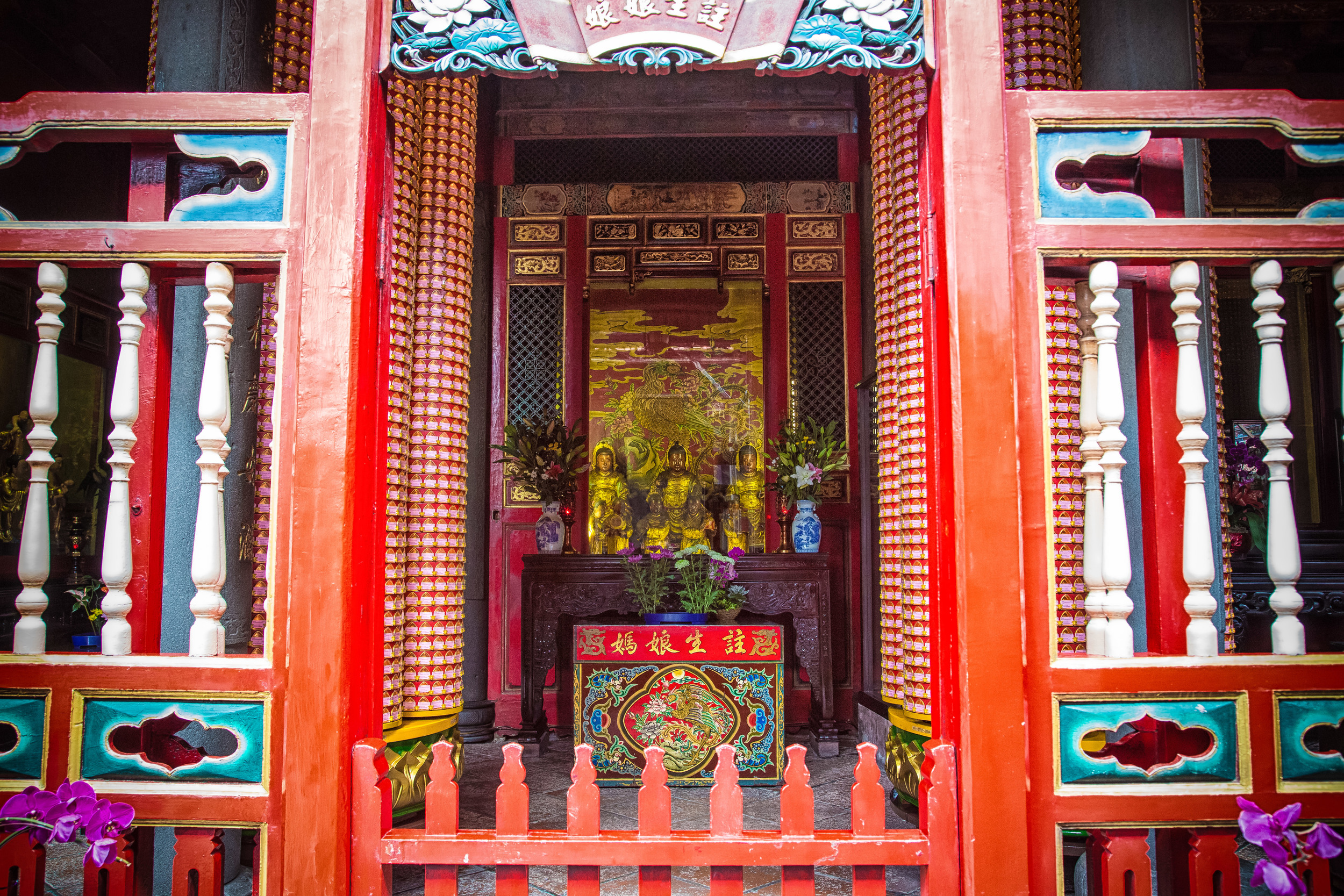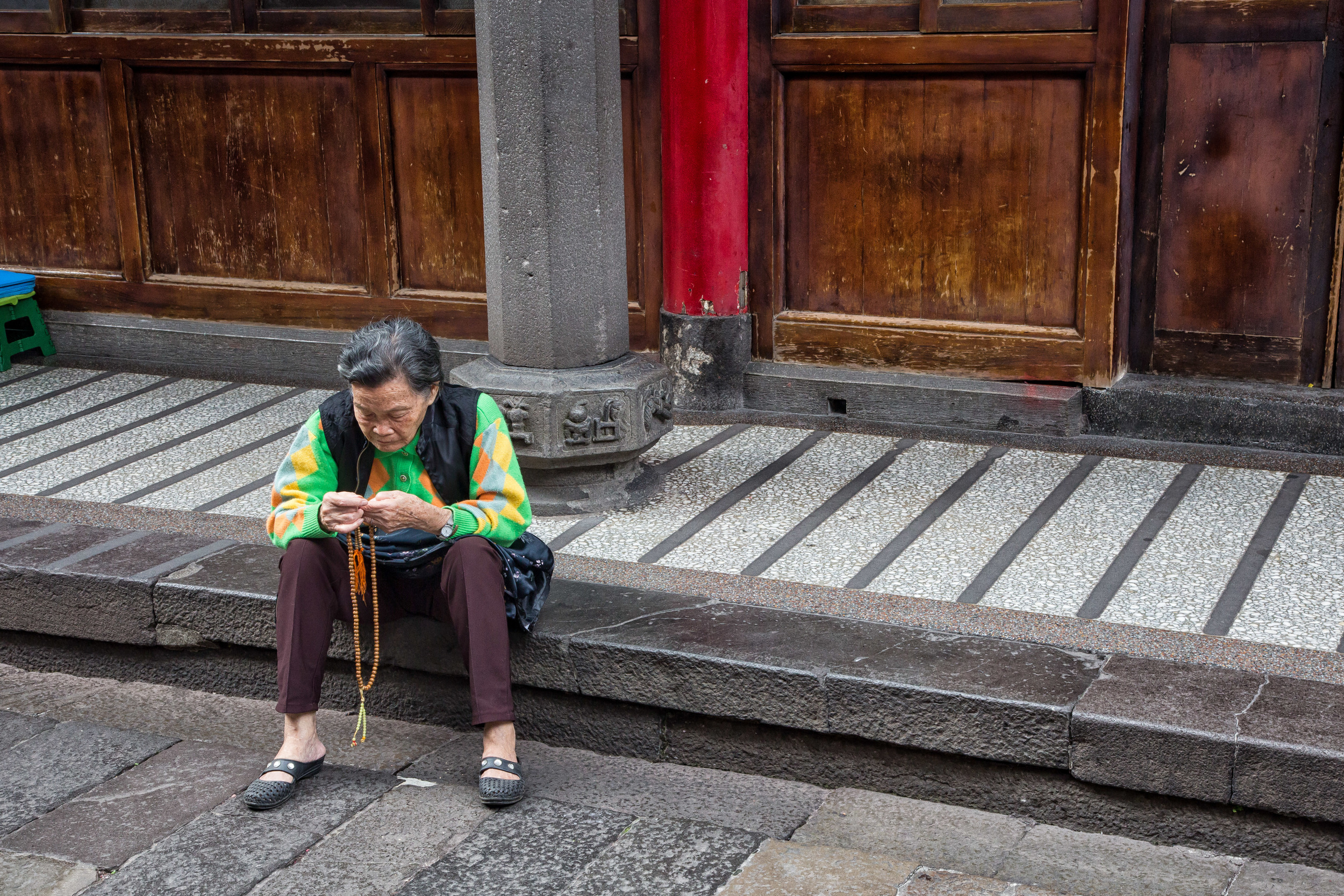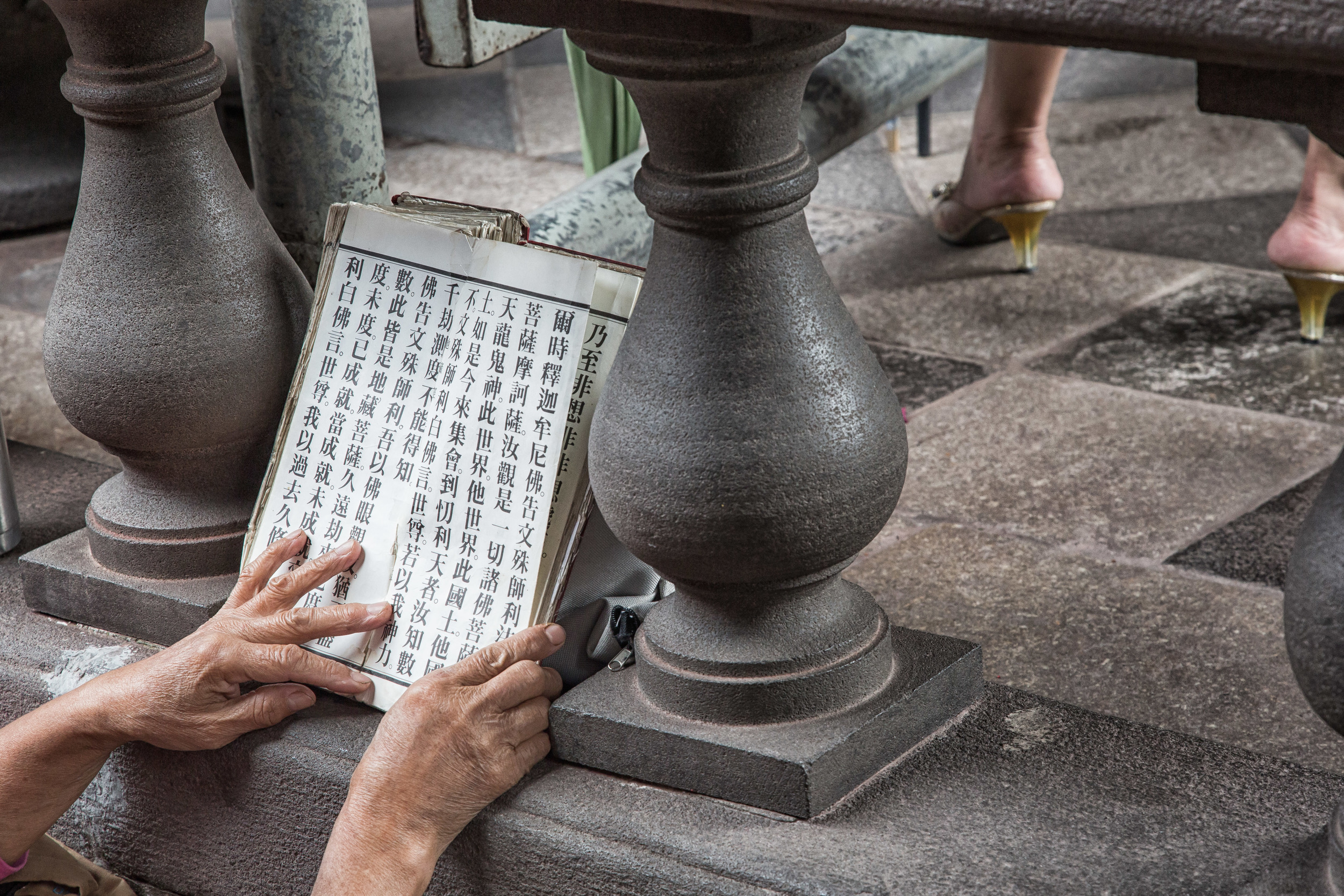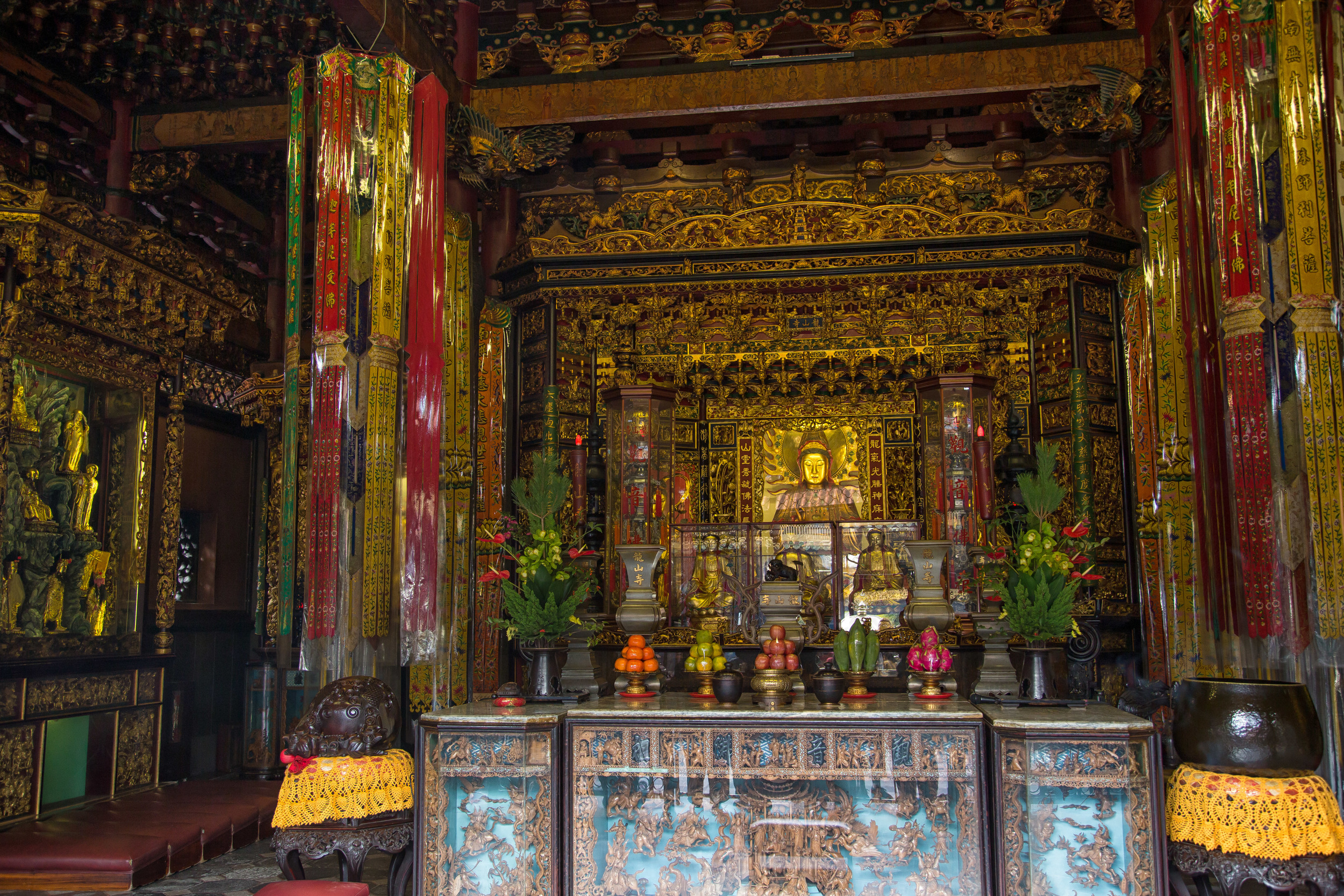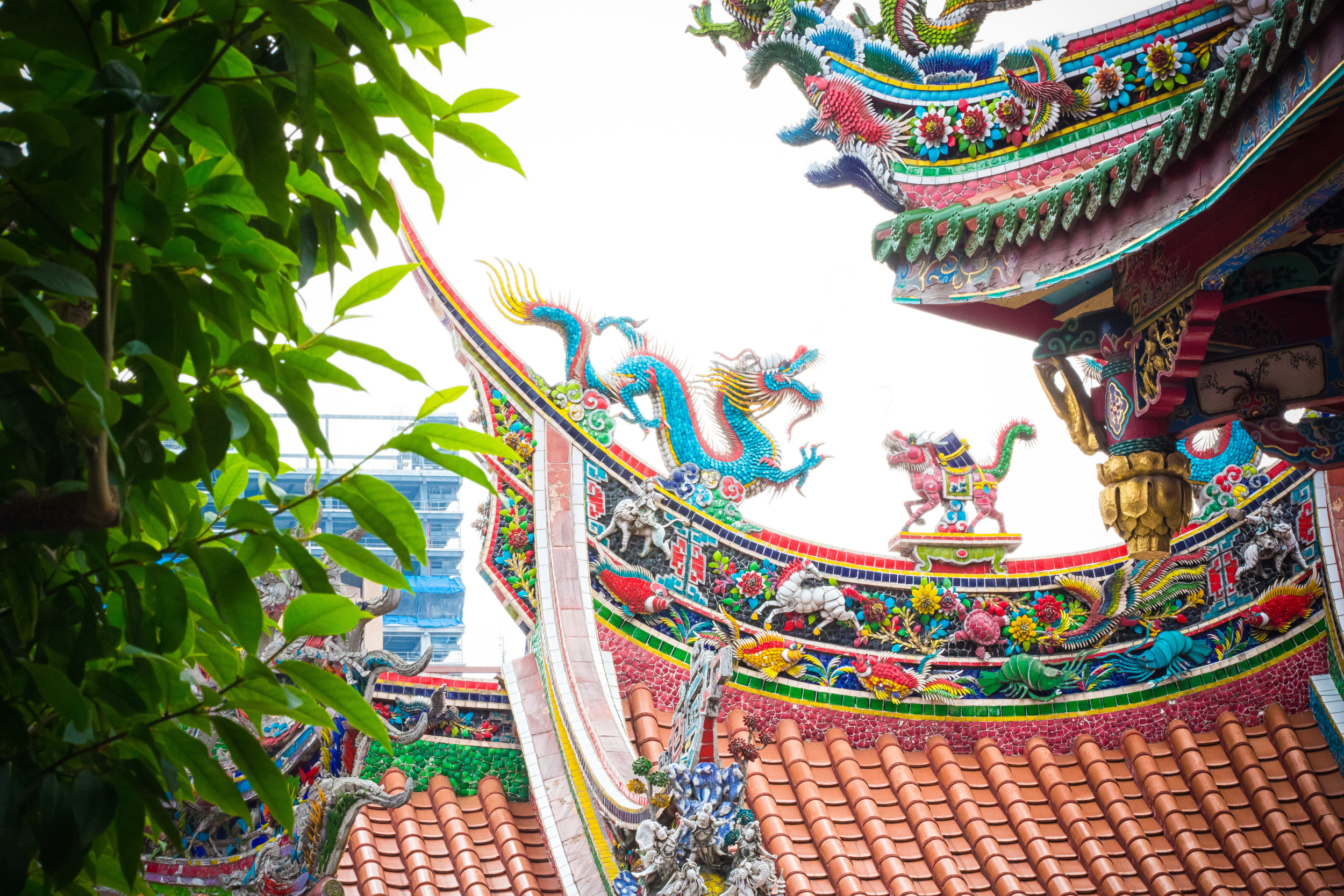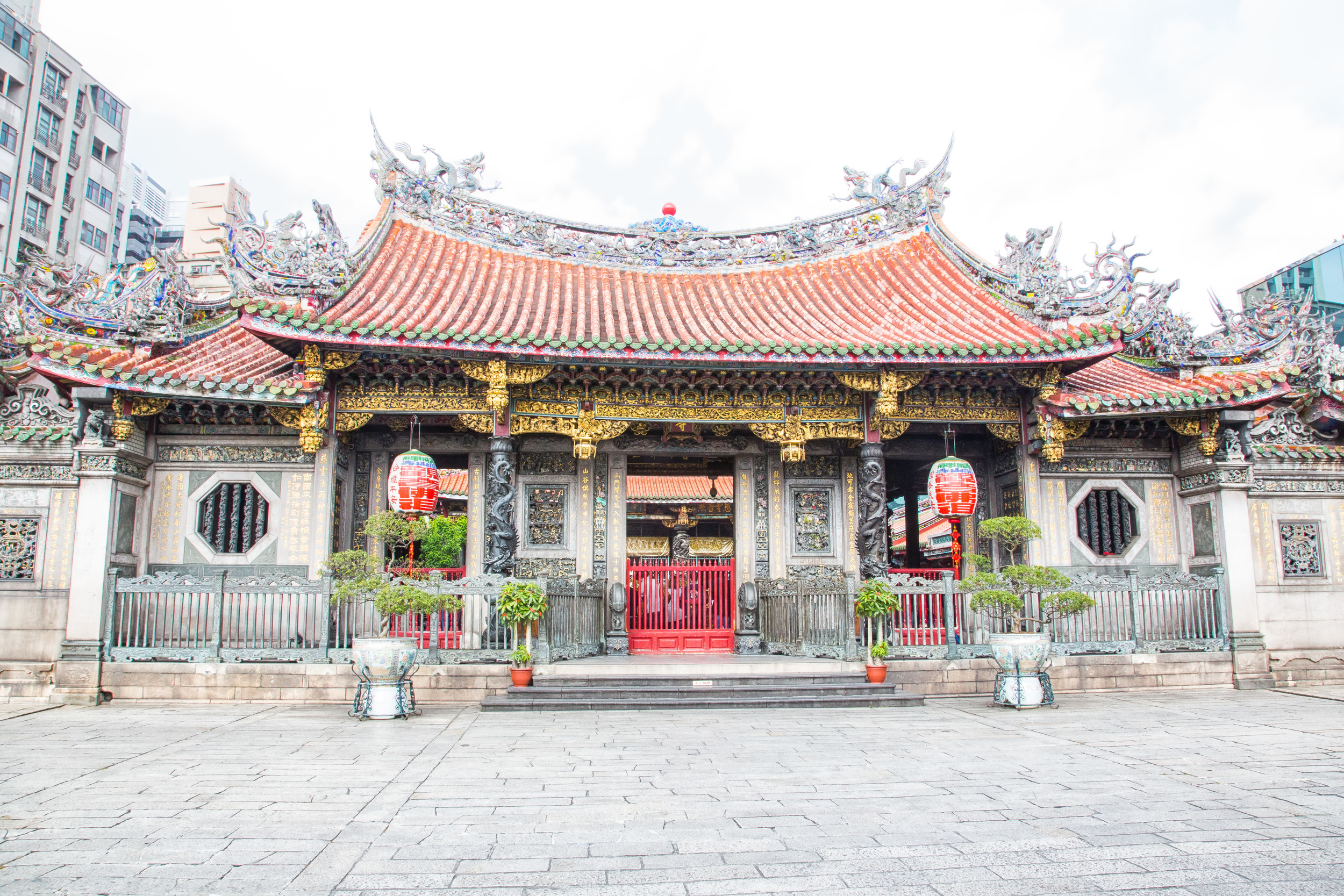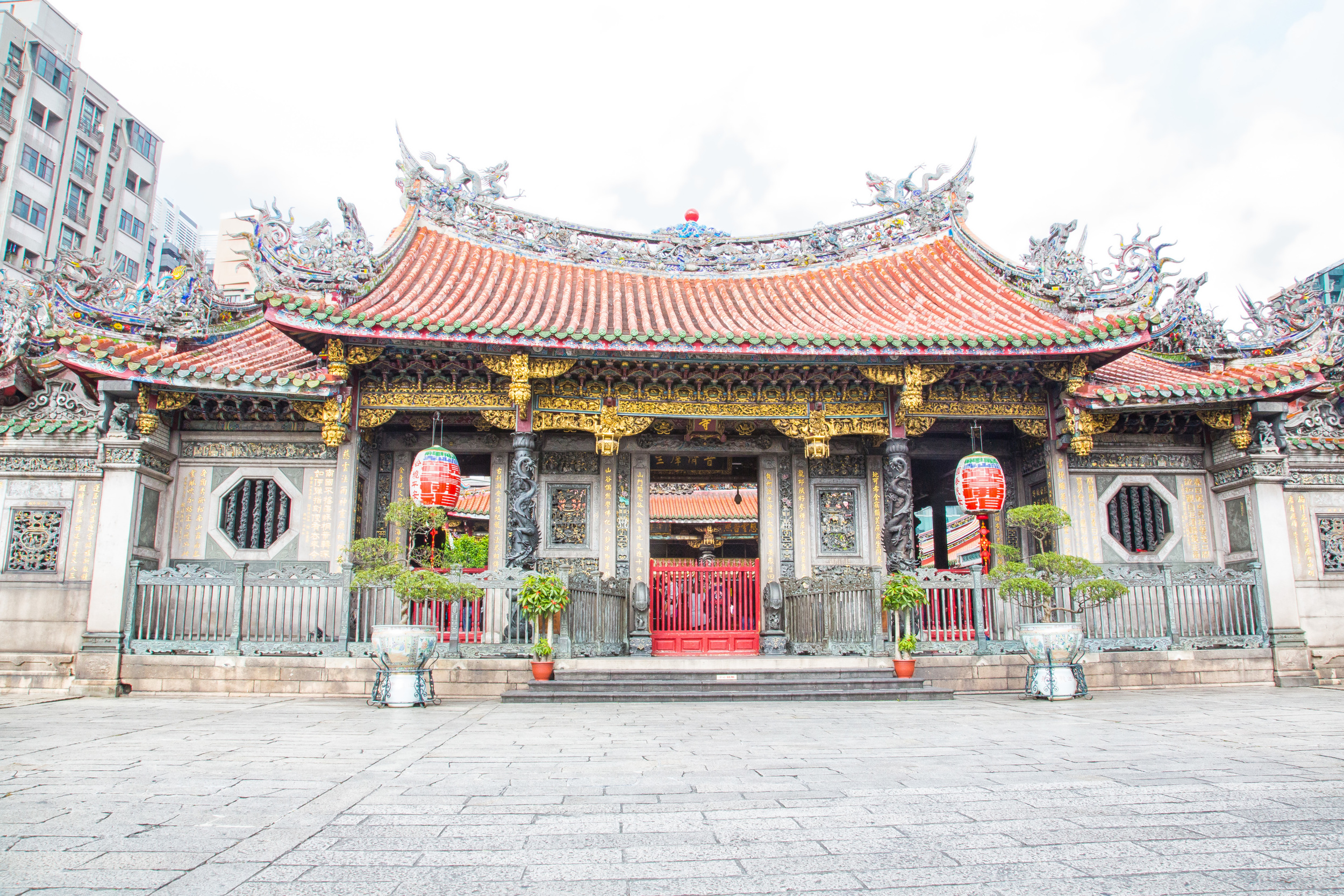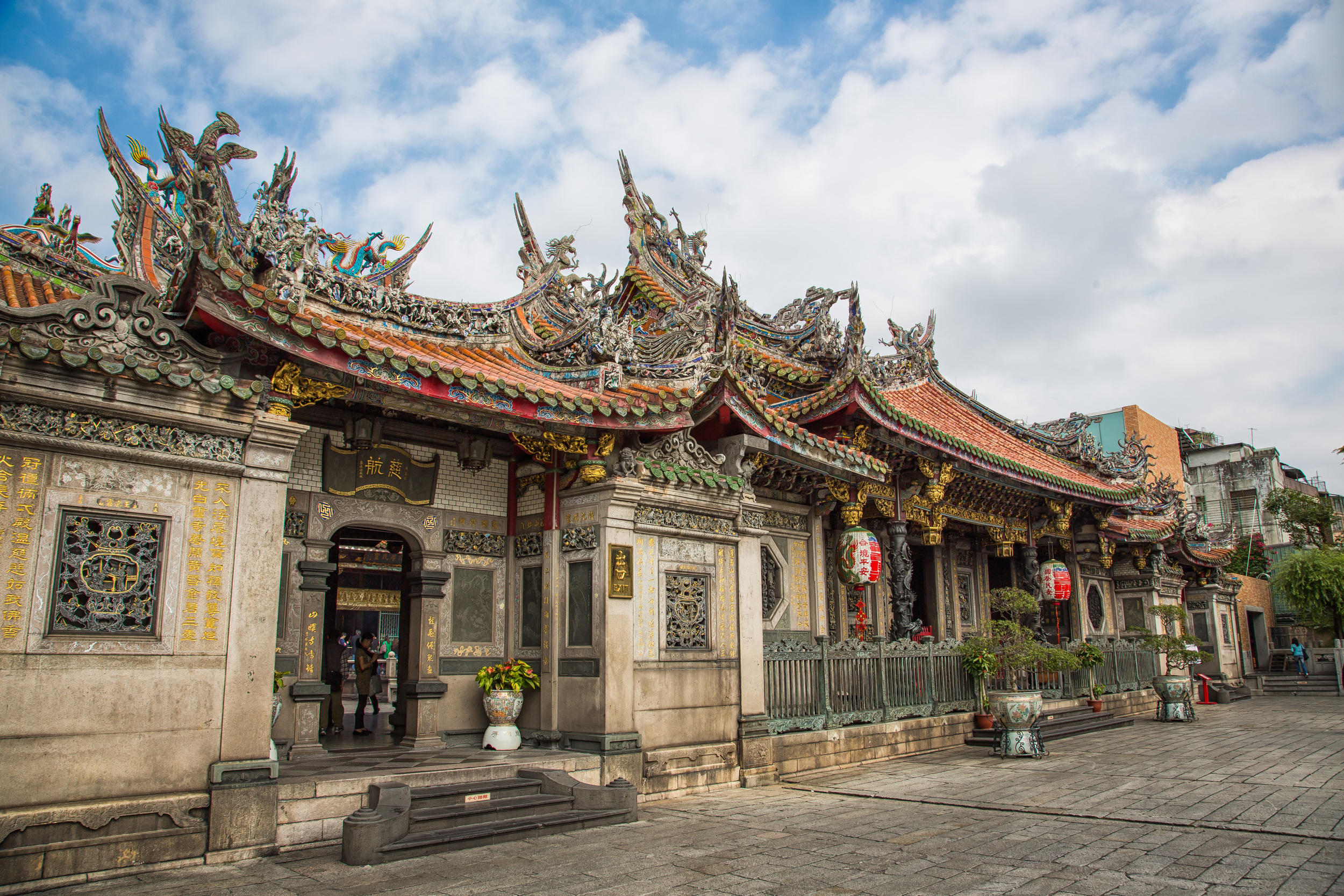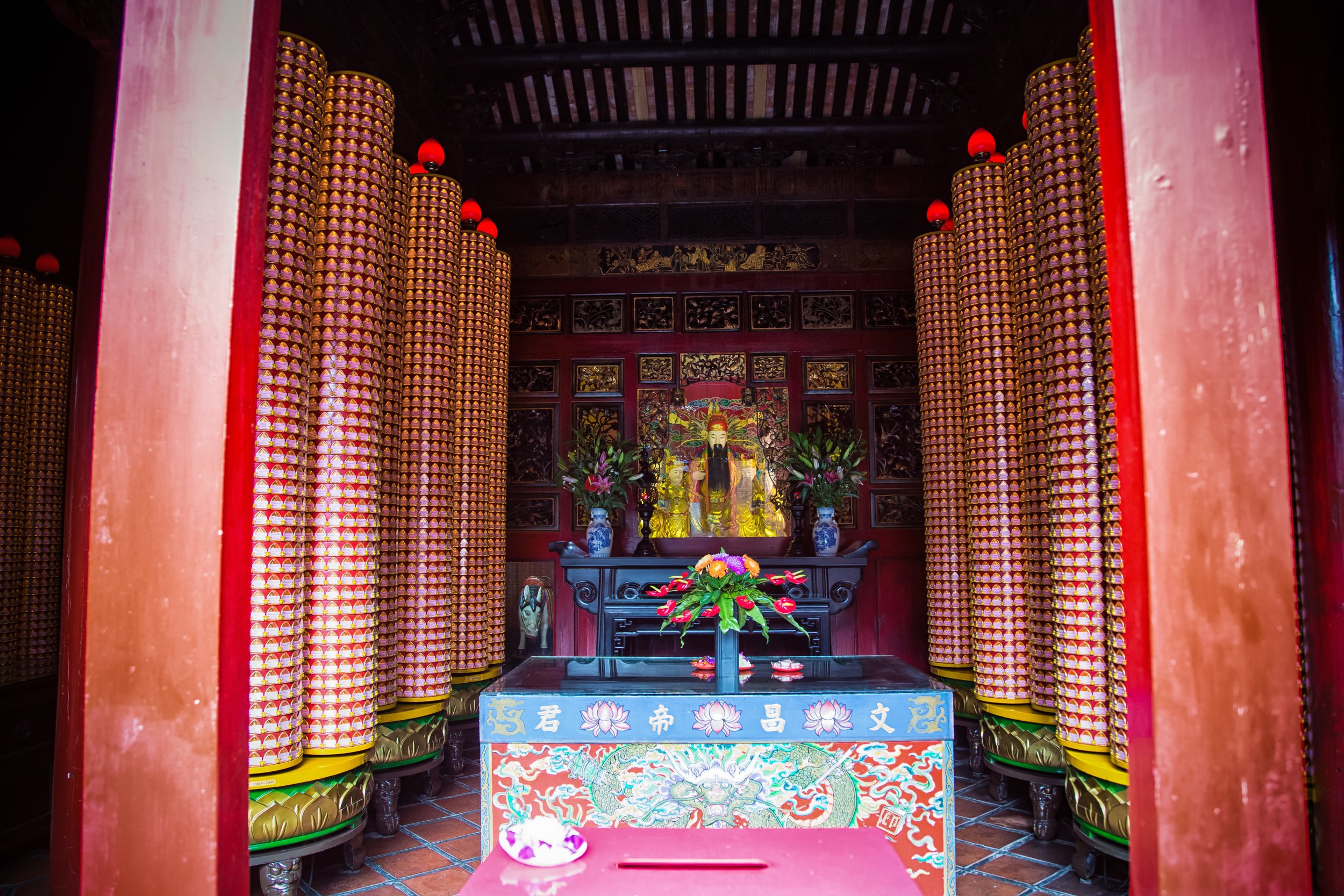This post is a continuation on my series of posts on the historic Monga (艋舺) district of Taipei. In the first three posts I shared photos of Qingshan Temple and the Qingshan King Festival which is a lively Taoist festival which takes place every year in late November/early December. Then I continued with a short series of street shots from around the district. Today I'm finishing the series with a look at Longshan Temple which is considered in some circles to be the most important temple in the city. If you haven't seen the five two posts in the series I've linked to them below:
Qingshan Temple and King Festival (青山宮/青山靈安尊王)
Street Photography posts
Well this is it, the day has come - I started this website and this blog over fifteen months ago and I've travelled all over the country introducing Taiwan to people mixing my photography, language ability and my experience to the best of my ability, but the day has finally come, after introducing many other temples, it's time for me to talk about Longshan Temple!
Longshan temple is one of Taiwan's most iconic temples, at any given time of the day you will find it is full of Taiwanese and tourists alike and it clearly deserves all the accolades it gets. I know this will be a post that gets more web traffic than all my other temple posts but what I hope I can do is offer some great information about the temple but also include some slight nudges that point tourists in the direction of Taiwan’s other beautiful temples, places that don't get the attention they deserve.
I love Longshan temple and I've probably been inside it more than a hundred times. I hope the introduction above didn't make you think I was going to be hard on the temple – If you look at my photoshop catalogue of photos over the years I'm sure you'll notice a recurring theme of randomly visiting the temple once every few months. Not much changes in the temple, but what makes it most interesting is all of the activity and the people inside and that is what keeps me coming back.
Monga Longshan Temple (艋舺龍山寺) is an 1800 square meter temple in the Monga district of Taipei. It was built in 1738 by Hokkien settlers from Fujian province who settled in the area. The original temple was modelled after a temple of the same name in Quanzhou (泉州) which is in Fujian province. When the temple was completed in 1738 the resident Guanyin statue was brought from China to share some of its “power” (分靈) with the newly constructed temple in the same sort of way that the Matzu statue from the popular Jenn Lan Temple (鎮瀾宮) does every year during the Dajia Matzu Pilgrimage (大甲媽祖繞境進香.)
The temple has a long history in Taipei but what most travel guides don't tell you is that what we see today isn't exactly the same as what you would have seen in 1738. The temple has met with disaster several times and each time it had to be rebuilt. The first such disaster was in 1815 when a strong earthquake caused massive damage. The next time was in 1867 when a terrible storm tore it apart and finally in 1945 the temple was bombed by allied forces due to intelligence that said that the Japanese were hiding weapons inside. The temple may have been in the same spot for over 260 years but what we see today is for the most part only 70 years old. We can say that Longshan Temple is the oldest temple in the district, but both Qingshan (青山宮) and Qingshui (艋舺清水祖師宮) temples are older in terms of construction and original material.
Longshan Temple is primarily a Buddhist place of worship dedicated to Guanyin, the Chinese Buddha of Compassion. In the Chinese Buddhist tradition Guanyin manifests as a female deity but in Tibetan Buddhism, the Buddha of Compassion is none other than the Dalai Lama himself. The Guanyin in Longshan temple is quite large and the shrine room is exceptionally beautiful. (Check out the 1000 arm statue of Guanyin at Guandu Temple) Despite the fact that the temple is Buddhist, it has also incorporated Taoism and folk religion as well which like almost every temple in Taiwan shows the tolerance people have here for different religious traditions.
The temple is currently split into three different areas – The first of which is somewhat of a greeting area (前殿) where people light incense and candles and perform religious activities facing the main hall. This area is always full of people and tends to be a bit crowded. The main hall (大殿) is in the middle of the complex and is where you will find the statue of Guanyin (觀世音菩薩) with Manjusri (文殊師利) and Samantabhadra (普賢菩薩) on the sides with the eighteen Arhats (十八羅漢), the Buddhist version of the twelve disciples on either side of the statues.
The rear hall (後殿) was completed in 1792 and is dedicated to Taoist deities which include the Goddess Matzu (天上聖母), the God of Literature (文昌大帝), Lord Guan (關公) the god of war, the Earth God (福德正神) and the City God (城隍爺) as well as several other patron deities which are important for finding love, exam success, etc.
The importance of Longshan Temple to the people of Monga as well as the whole of Taipei cannot be underscored. It is one of the three most important places of worship in the city and has been recognized as as a second grade historical site for its importance with regard to its history, culture and religion. It is a fine example of traditional Chinese architecture with Taiwanese characteristics and a popular tourist spot for people coming to Taiwan.
Getting to the temple is quite easy – Simply take the blue line of the Taipei MRT to Longshan Temple station (龍山寺捷運站) and walk through the underground mall or walk through Bangka park until you arrive. If you are coming to Taiwan, this temple should be made a priority on your list of places to visit!
That will do it for my series of posts on Monga! I hope you like what you saw and learned a little bit about the district. I will undoubtedly be back many times in the future to shoot various other activities as it is always an interesting place with something cool happening. If you have any questions, comments or criticisms don't be shy. Comment below or send an email through the contact section.
Gallery / Flickr (High Res shots)
